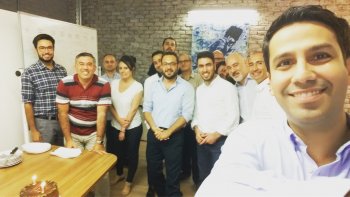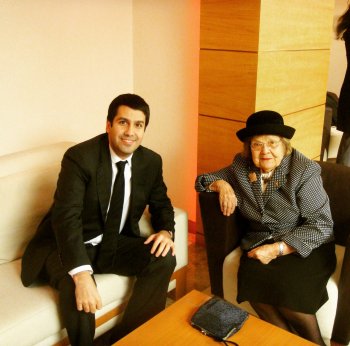The ancient city of Xi'an with its underground army and legendary icons
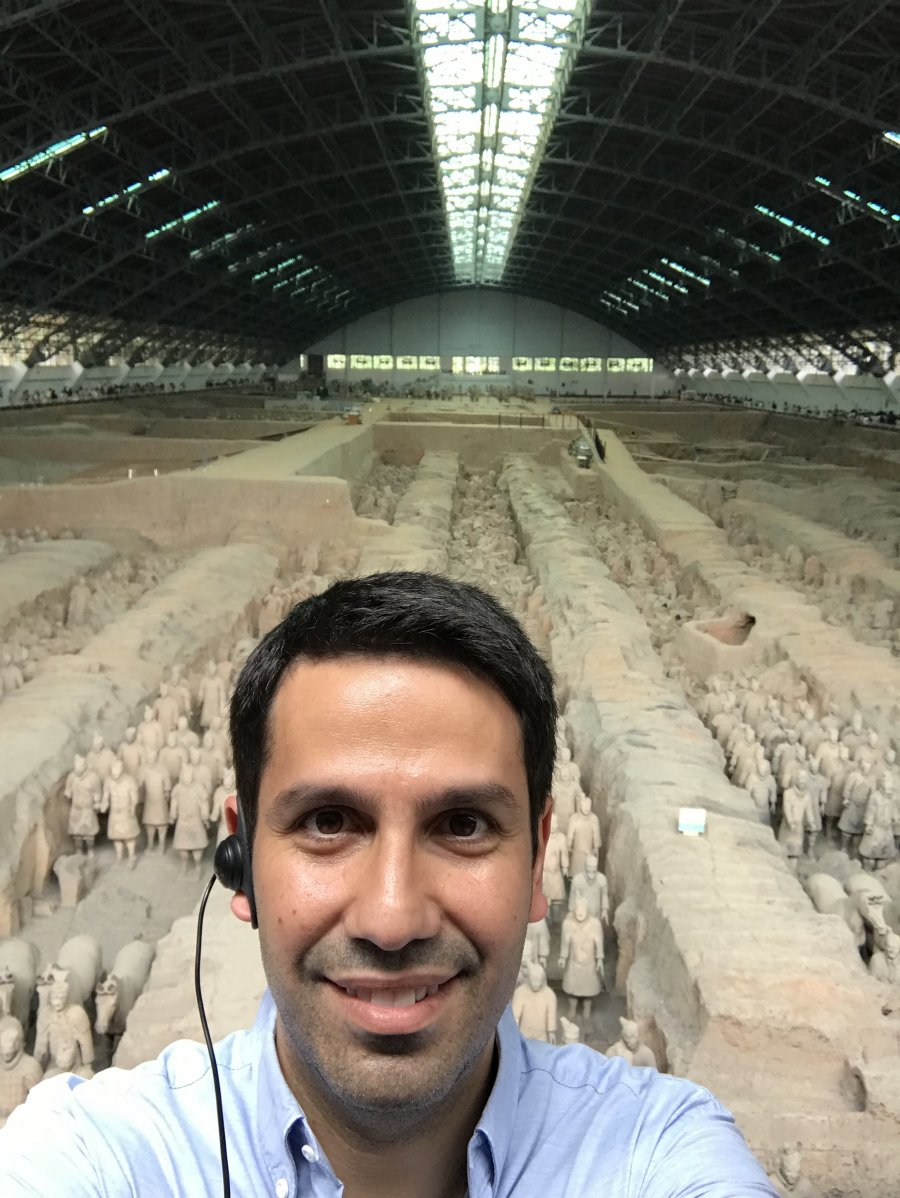
According to the schedule of my business trip to China at the beginning of June, after Shanghai, I flew to the city of Xi'an for meetings. This magnificent ancient city is home to many iconic structures, a great range of flavours and events, as well as a giant underground burial city that houses the famous Terracotta army of thousands of soldiers and horse sculptures.
First of all, for the purpose of reminding you, I would like to share the link of the speech I had previously made at the SNEC fair in Shanghai and the article I wrote my first impressions about China: https://serhansuzer.com/en/cine-ilk-gidisimde-gunes-enerjisi-etkinliginde-yaptigim-konusma
After a very busy and productive fair in Shanghai, after about 3 hours of travel, I arrived in Xi'an on Friday, June 7. After completing my meetings, which started early in the morning the next day and lasted until the evening, we had time to explore Xi'an on Sunday. When one of the professionals from the meetings proposed to accompany us on the city trip on Sunday, I happily accepted. It was a good opportunity to visit the city with a local and get to know the culture better.
Briefly, Xi'an is the capital of Shaanxi province, a large and historical city of China with a population of 9 million. This region, once known as Chang'an (Eternal Peace), is where the eastern end of the Silk Road begins. The capital of the Zhou, Qin, Han and Tang dynasties, is an important and ancient city with a history of 3100 years. There is an underground city consisting of thousands of figures buried together with the famous Bingmayong (Terracotta Army), Qin Shi Hua, the first emperor of China, in the archaeological excavation sites in the plains surrounding Xi'an.
Sculptures of the Ghost Town
We set off from our hotel early on Sunday morning and first visited the Museum of Qin Terracotta Warriors and Horses, which I mentioned above. You must travel approximately 45 km from Xi'an city centre to this region. When we arrived at the site, we agreed upon terms with a guide, who accompanied us all day long. The Terracotta warriors and horses made in the Qin Dynasty are exhibited in this historical area, another name of Emperor Qinshihuang's Emperor Qinshihuang's Mausoleum Site Museum, known as the eighth wonder of the world. Qin Terracotta warriors have preserved the shrine of Qin Shi Huang for over 2000 years. This area was built from 246 BC to 208 BC. The soldiers and horse sculptures were discovered by chance in 1974 as farmers came across the remains while digging wells. Qin Shi Huang's Mausoleum and Terracotta Warriors were taken by UNESCO in 1987 on the World Heritage List.
The contours of each of the soldiers are different from one another, so it is assumed that real soldiers are sculpted with their own significant appearances. This region is not just made up by soldiers, it is actually a huge underground city built for Emperor Qinshihuang's life after death. No other regions have been opened for visitation just yet, only this region is open to visitors. Although the earth soldiers were put in place by oven-firing, the underground was still quite damaged, and when they were removed, it took time to open up new areas as they were repaired and re-placed in a museum.
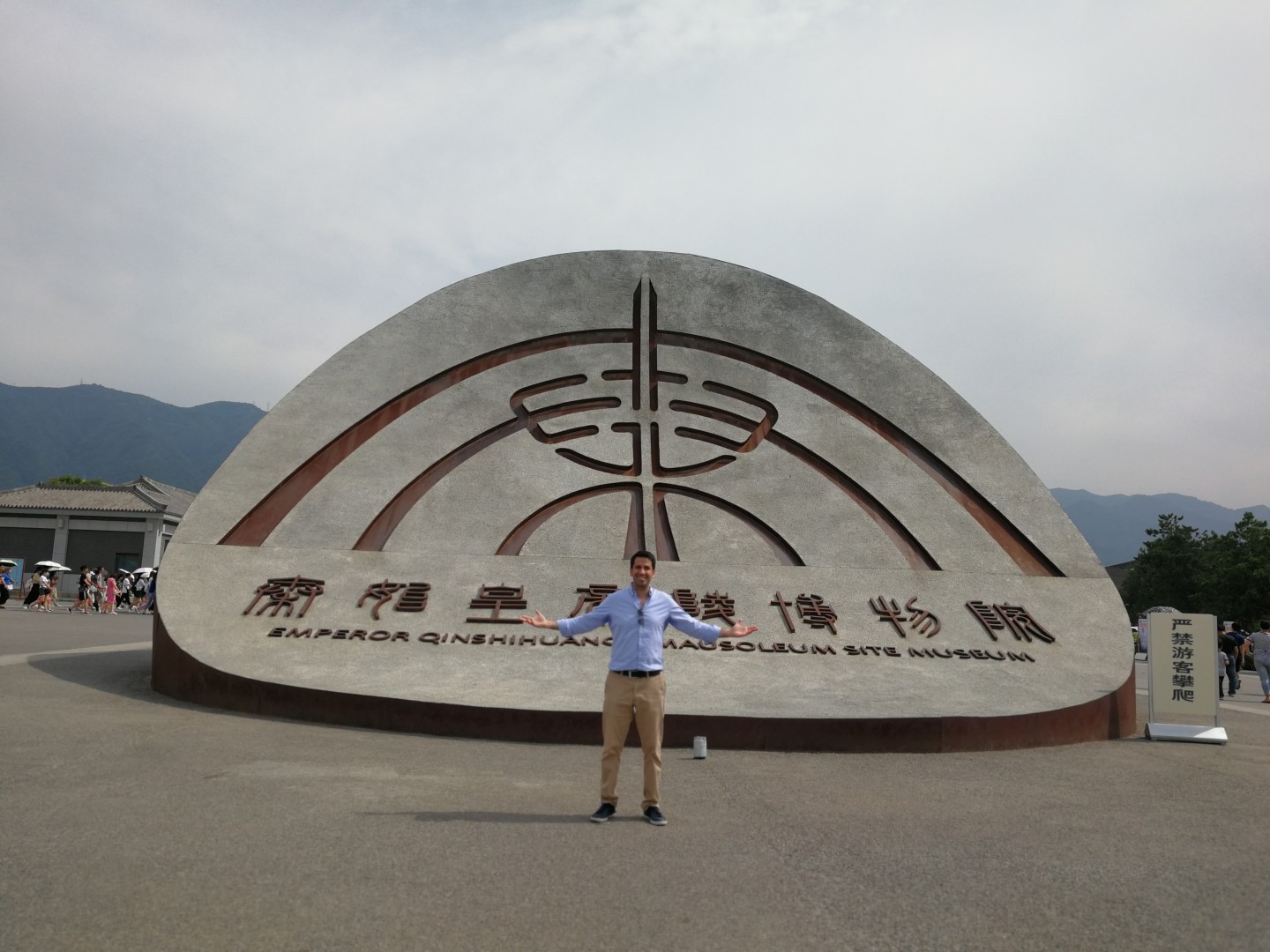
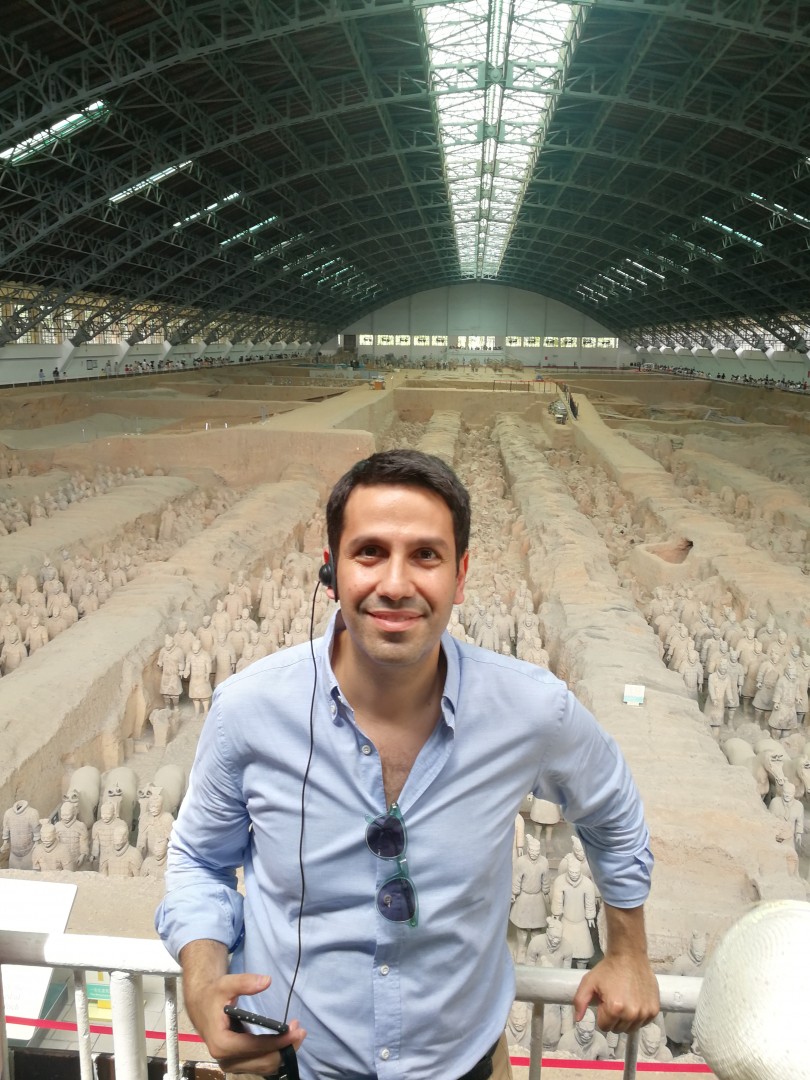
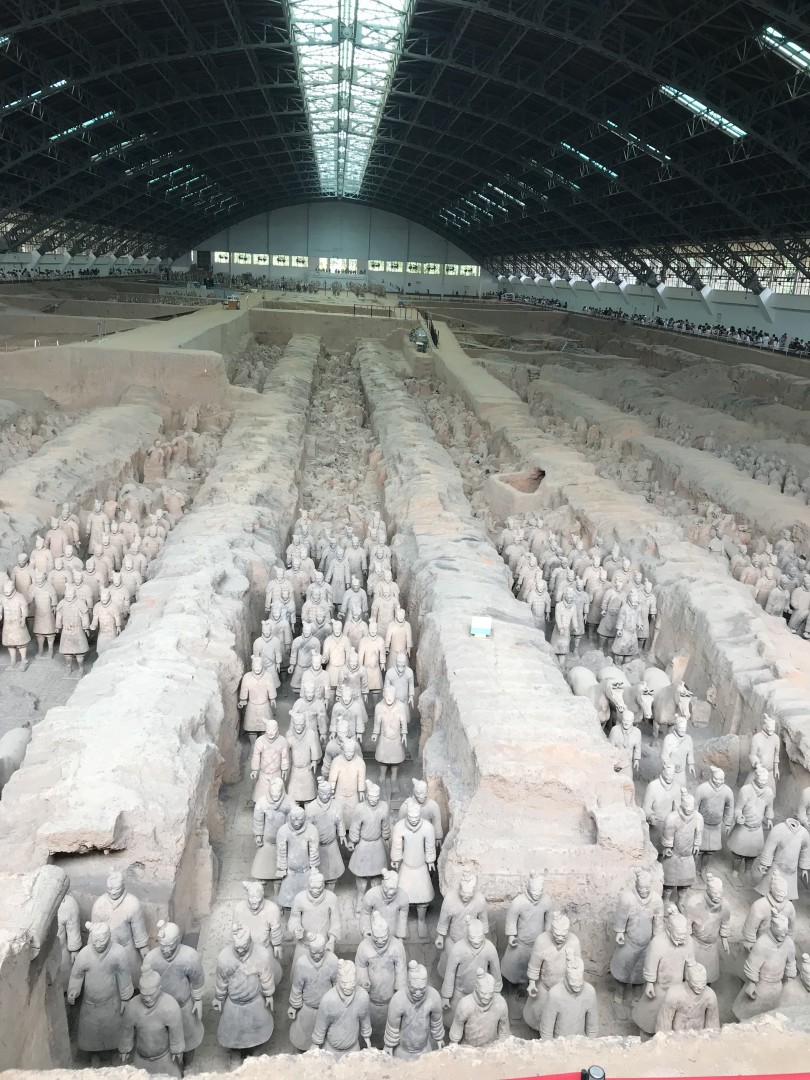

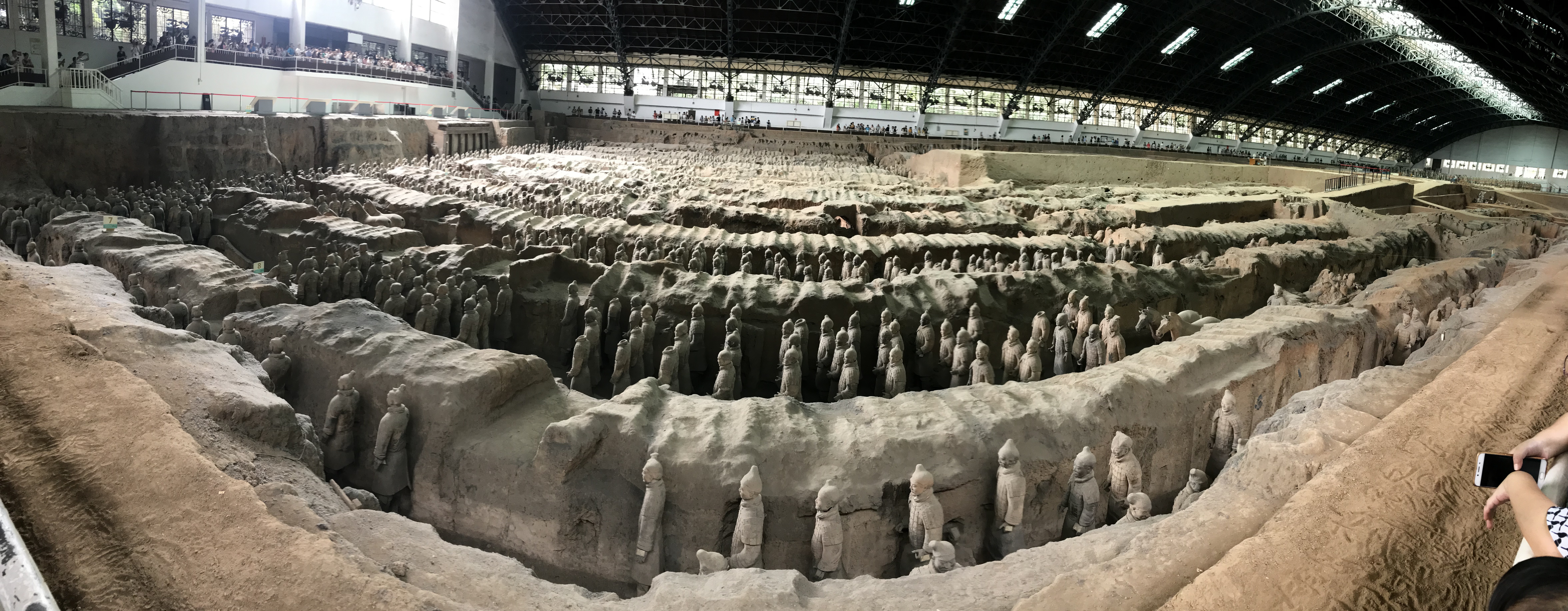

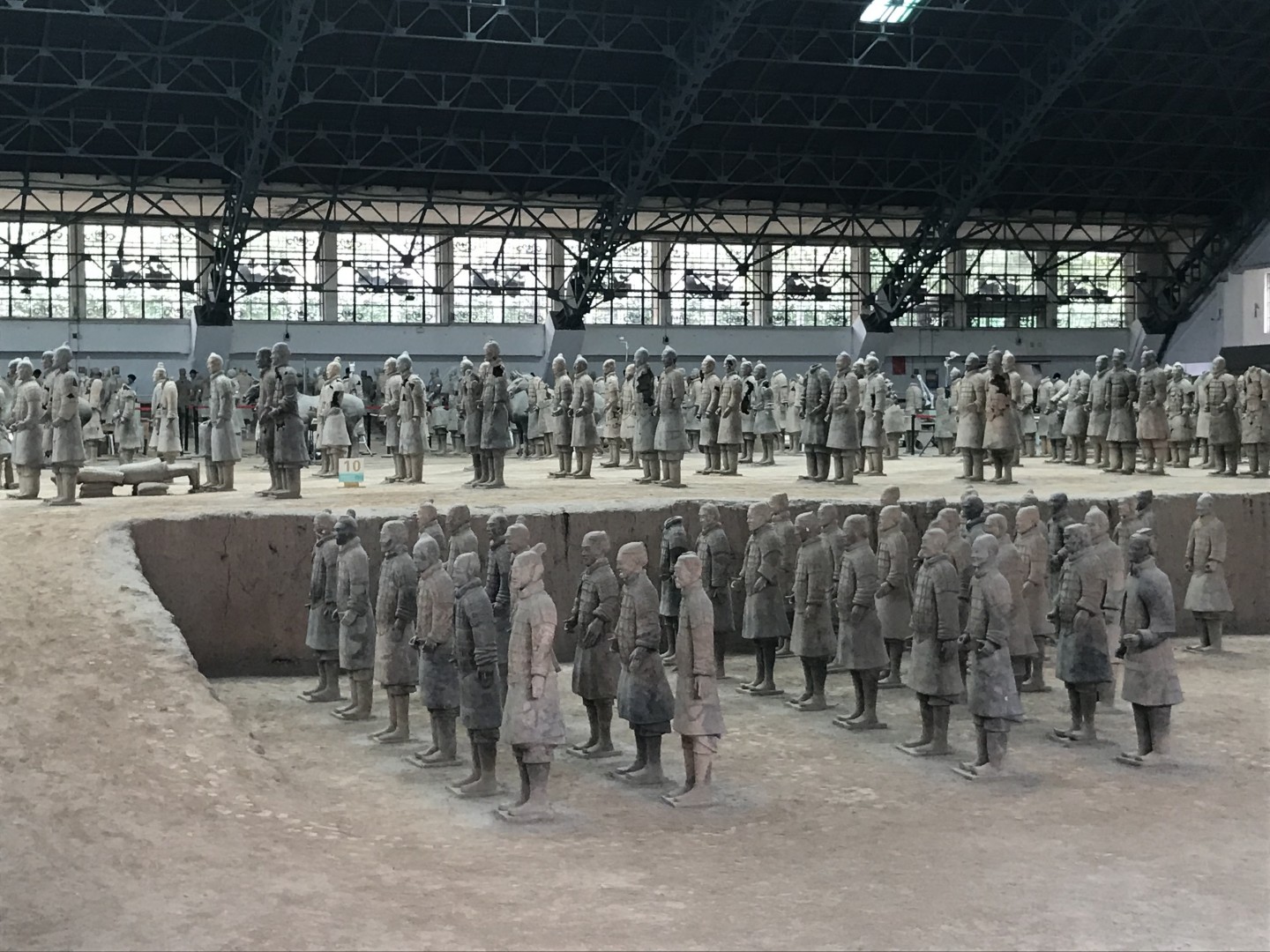
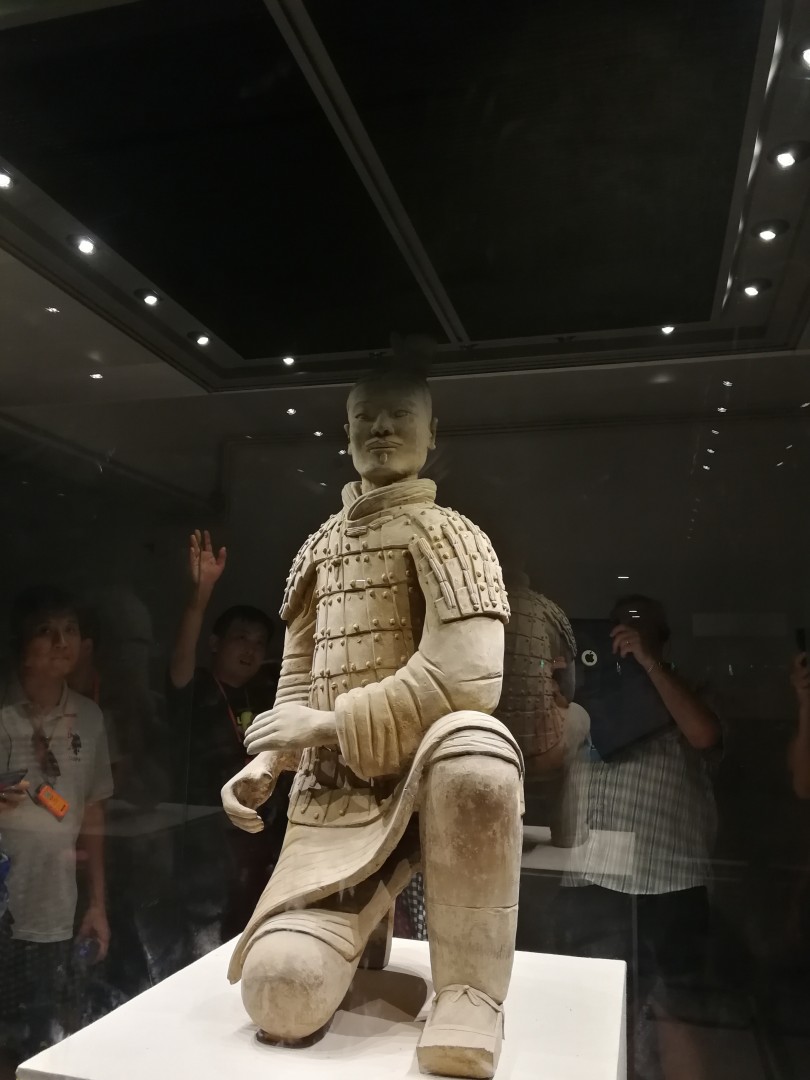
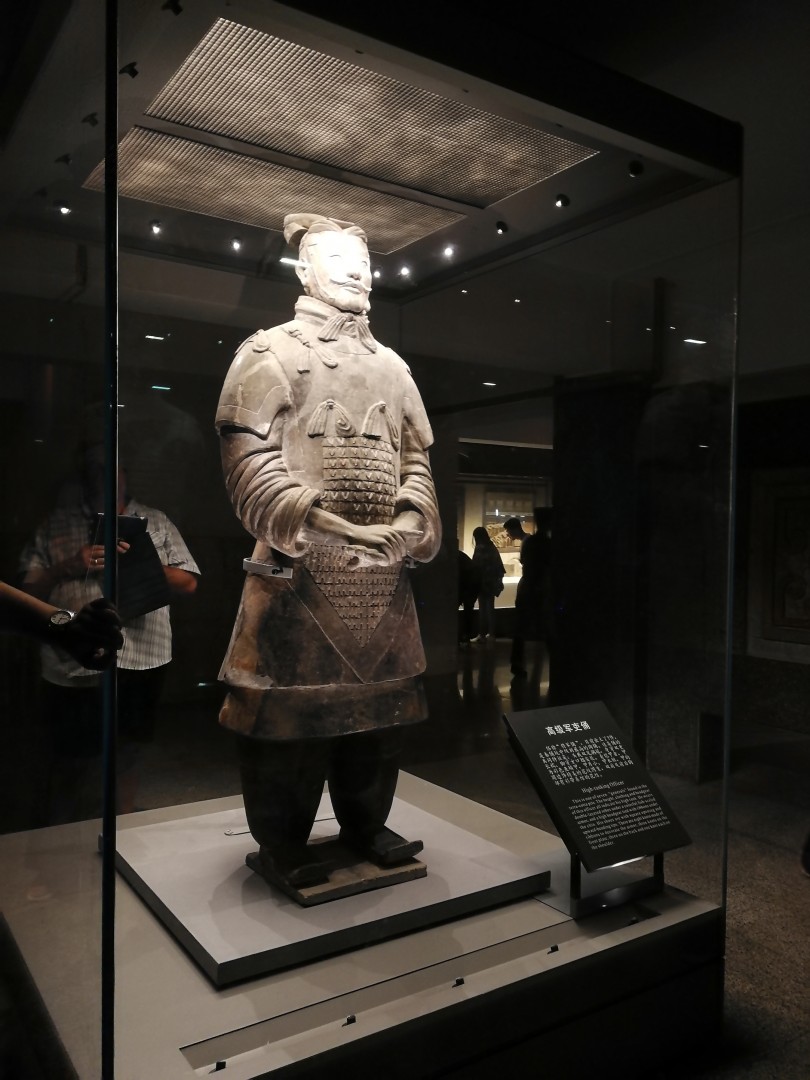
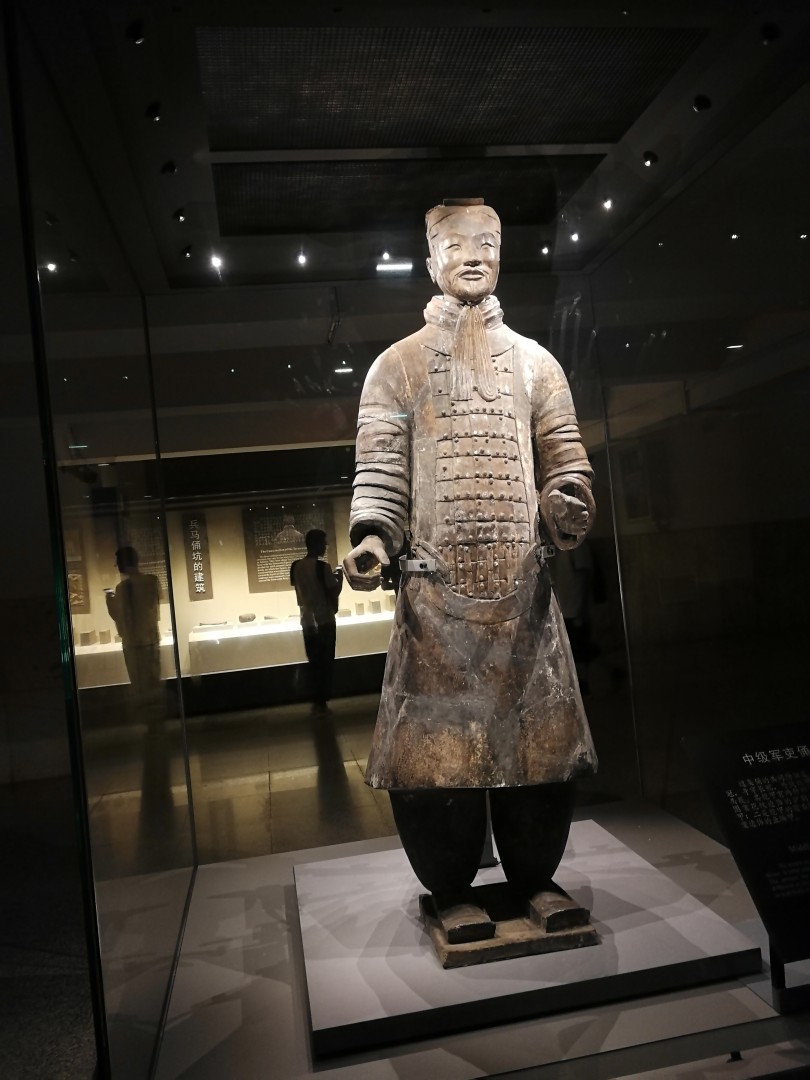
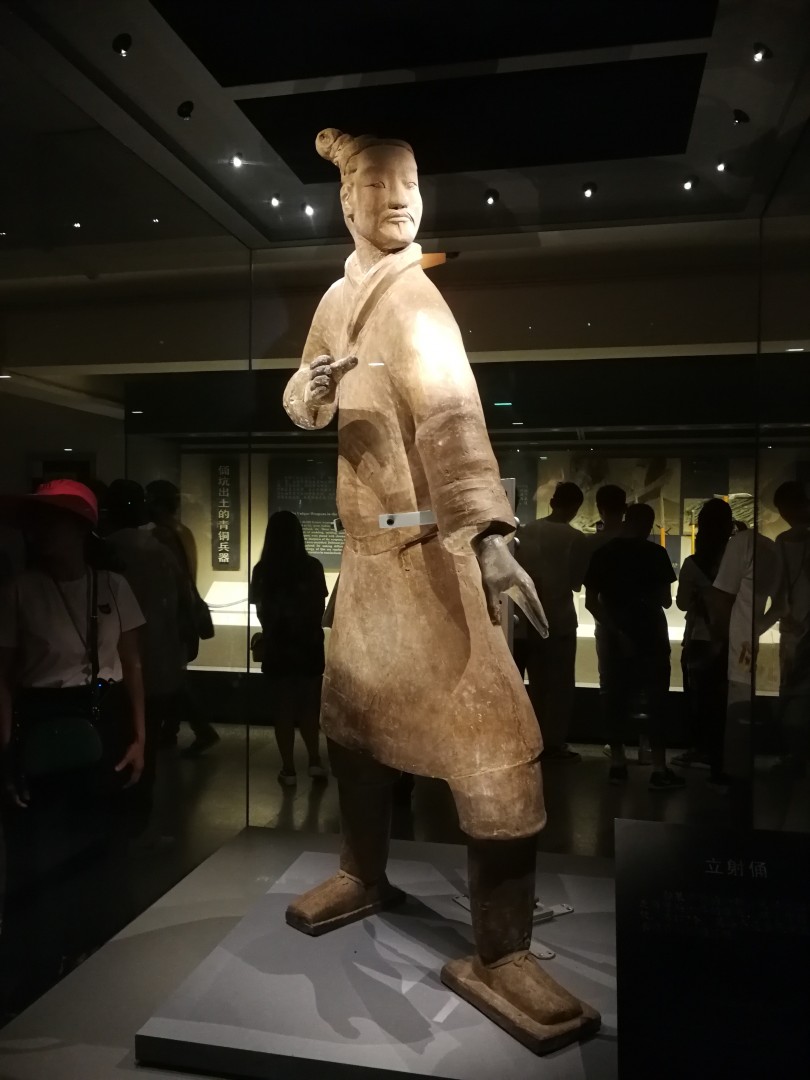

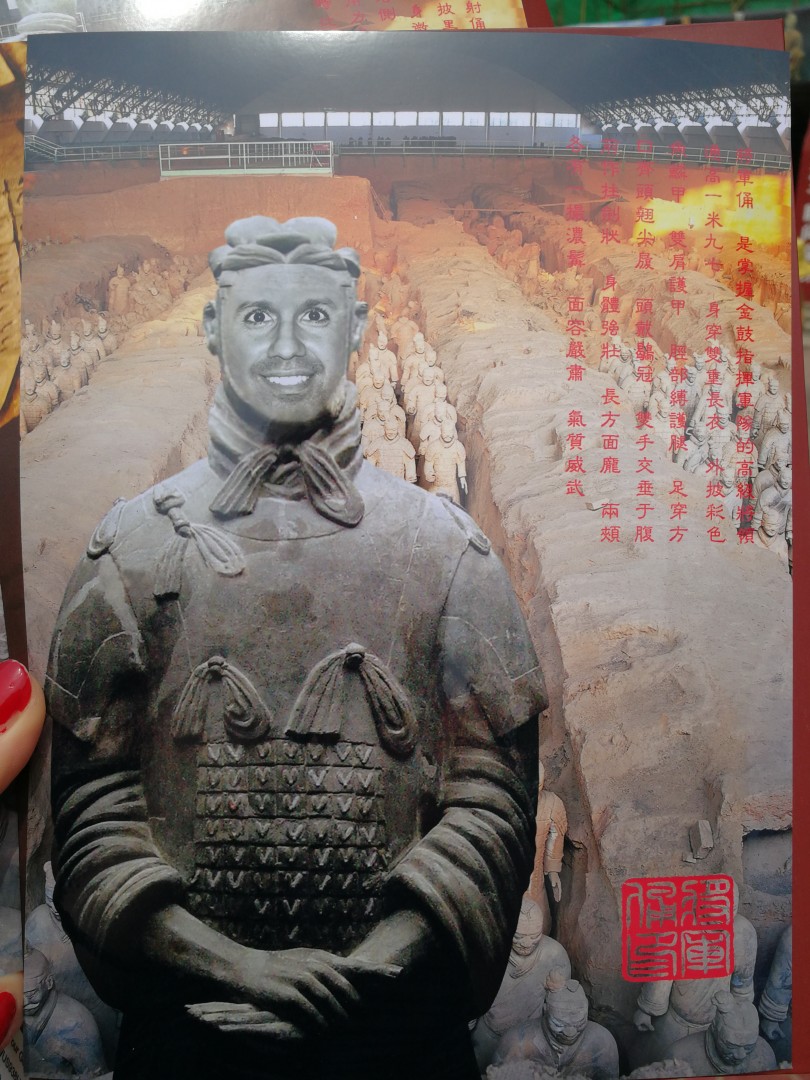
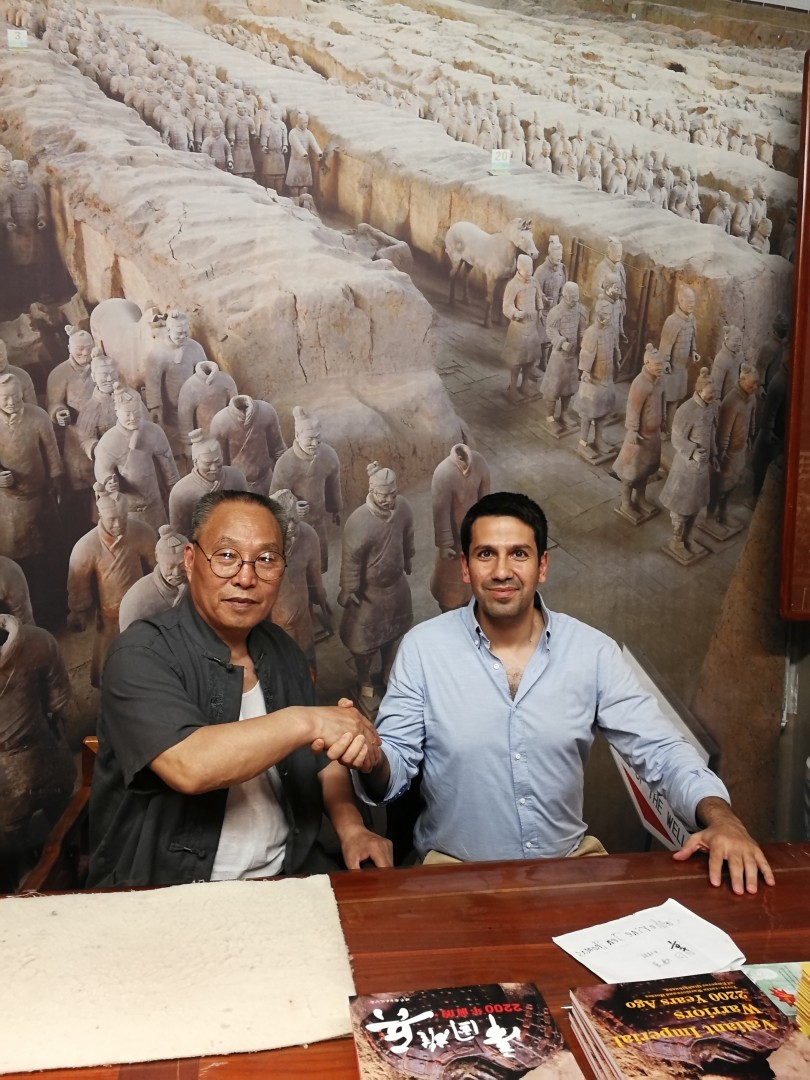
Kung Fu tea ceremony
When it was time for lunch after visiting the first two large exhibition areas, we preferred the local one from the two restaurants inside the museum, one offering local options and the other from a Western cuisine. Our guide was surprised when we chose the Chinese cuisine option and was happy with our decision. As people living with the vision of world citizenship, being open to new tastes and exploring local flavours is the key to being a good traveller. After lunch, we tasted tea at the Kung Fu tea ceremony. We had the opportunity to taste 13 different types of tea, we listened and learnt about the important functions and features of each. The Kung Fu tea ceremony has a very important place in the Chinese culture. It is believed that tea ceremonies offer both a spiritual cleansing and a peace of mind which allows people who value each other to have a pleasant time together.
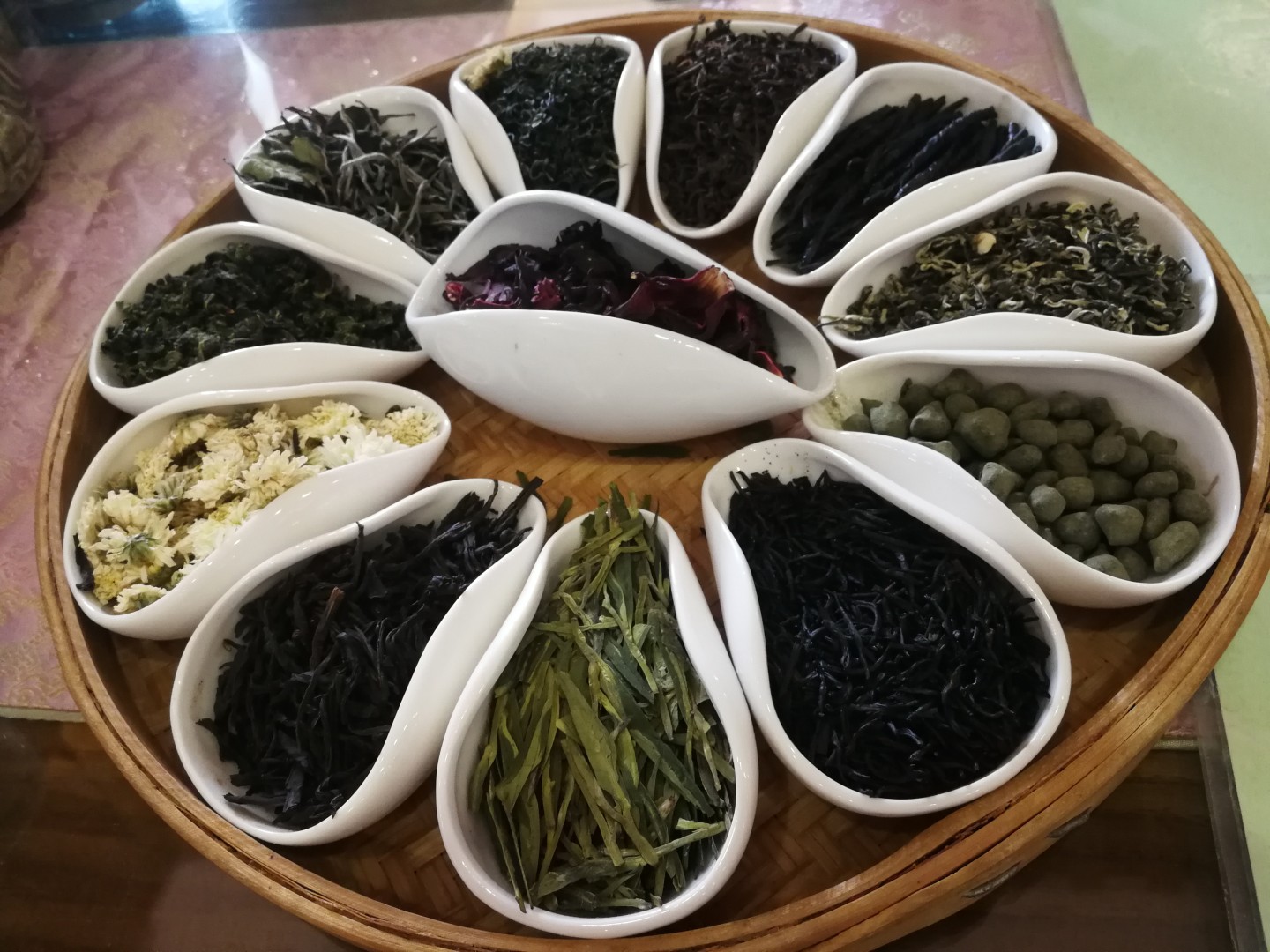
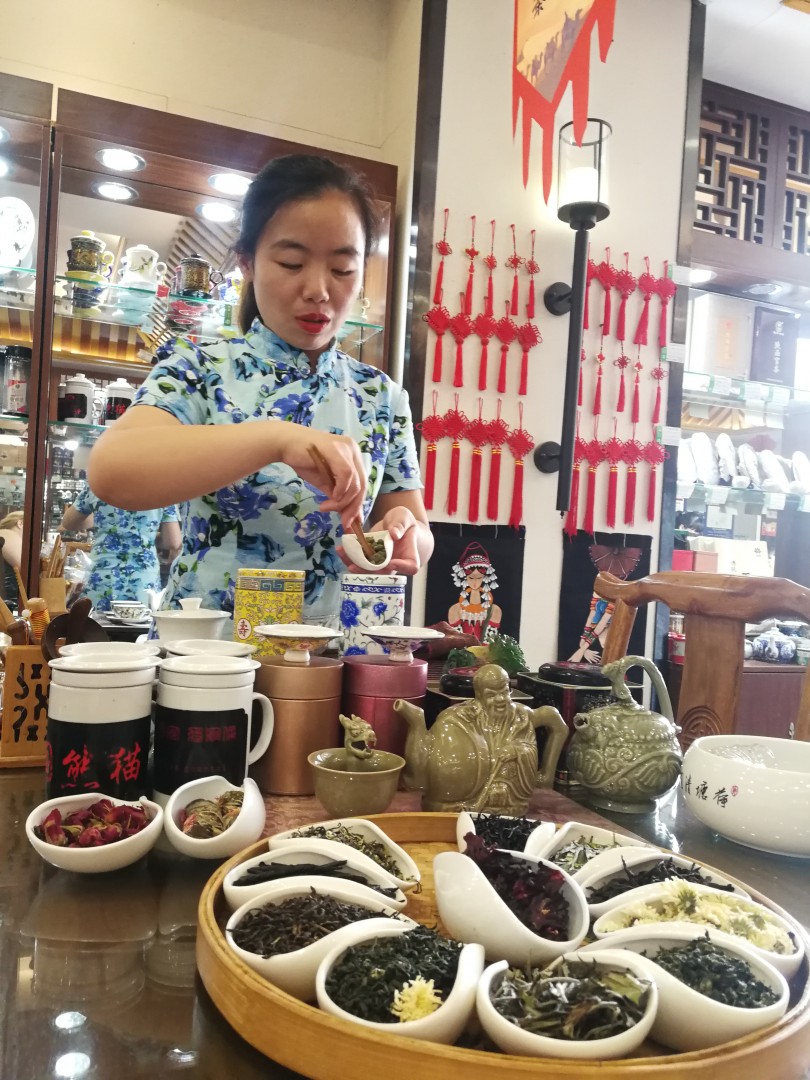
Four beauties of ancient China
After the tea ceremony, we headed for the exit. After stopping at a shop on the side of the road we did some shopping and then left the museum. Then we set off towards Huaqing Palace and the Hot Springs which was a 10-minute drive away. Our guide who accompanied us at the Terracotta museum, also came to Huaqing with us. Huaqing is an imperial palace built in the Tang dynasty. It is located between the Weihe River and the skirts of Li Mountain. According to the Feng Shui philosophy, a place leaning against the mountains and overlooking the rivers is thought to be beneficial and bring good luck to the people living in it. For this reason, you can see that important places in China are located under similar conditions. This palace is famous for its spa and deep historical culture. The Tang Dynasty is where the romantic story of Emperor Tang Xuanzong's beloved woman Yang Guifei (or Concubine Yang) started. Yang Guifei was known as one of the 'Four Beauties of ancient China' in Chinese history.
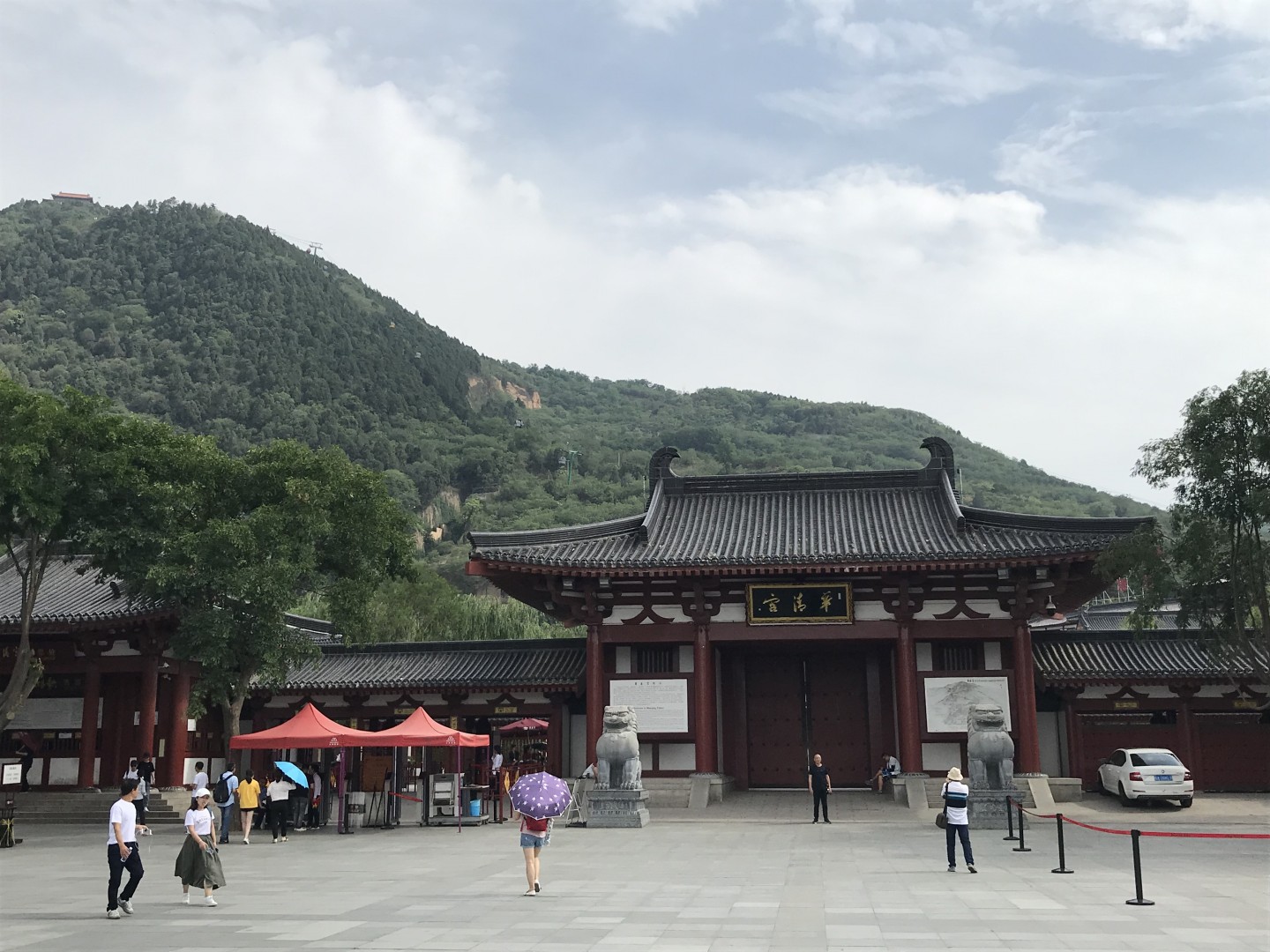

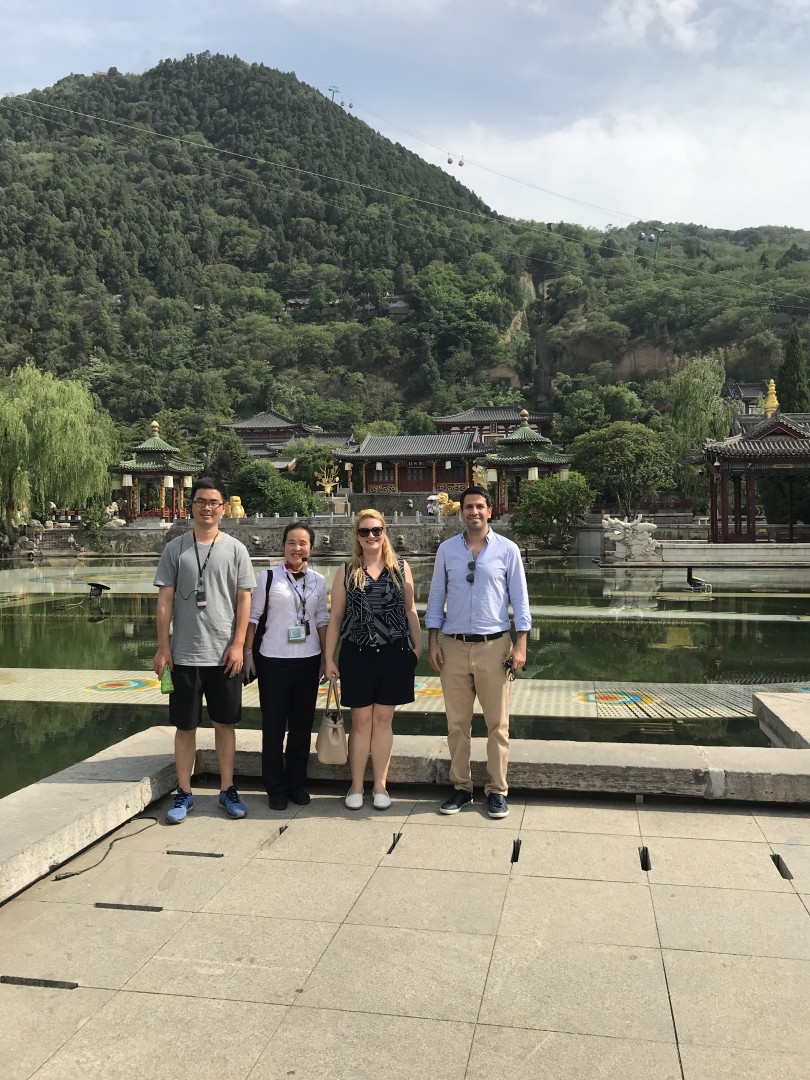



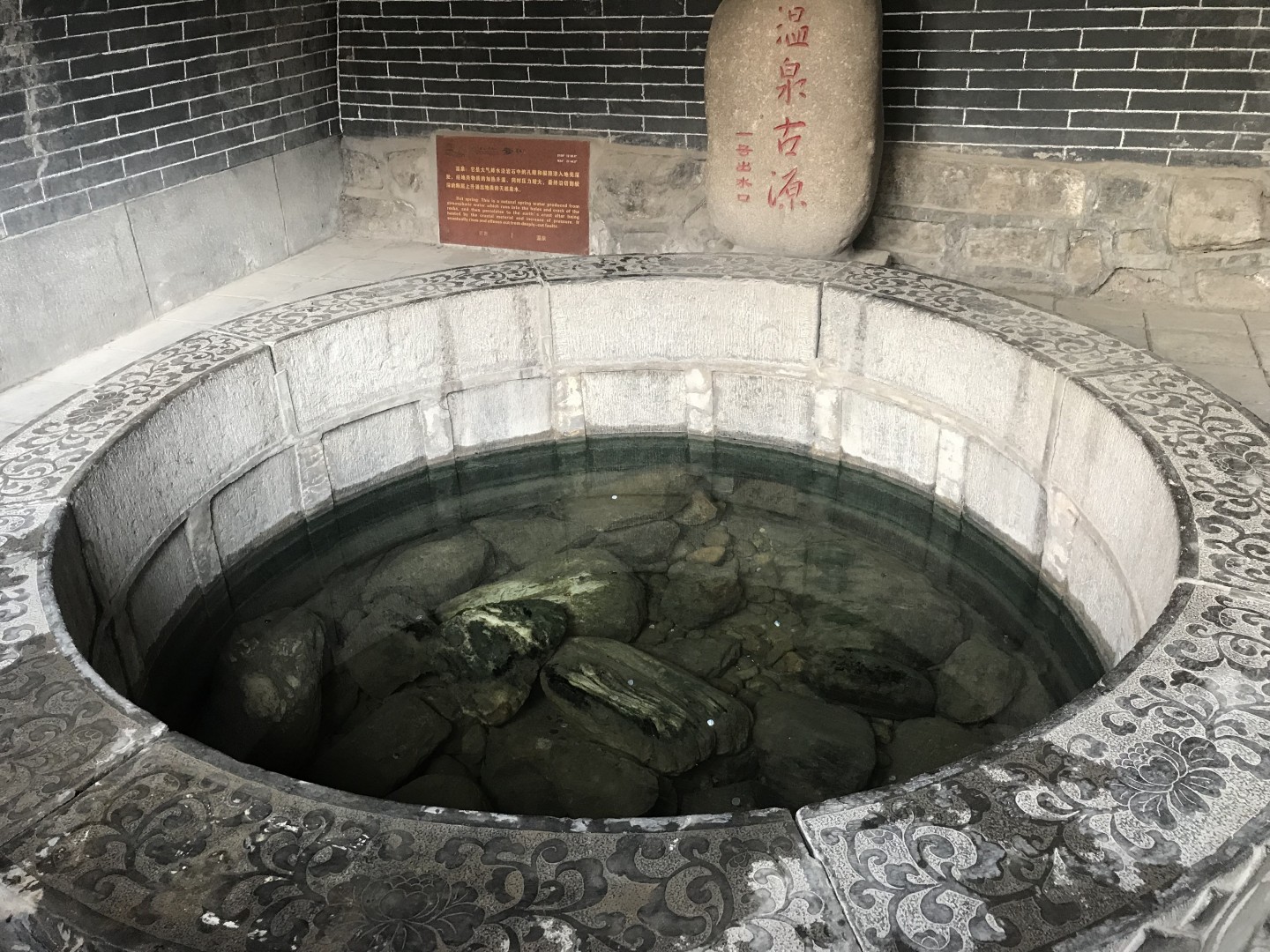

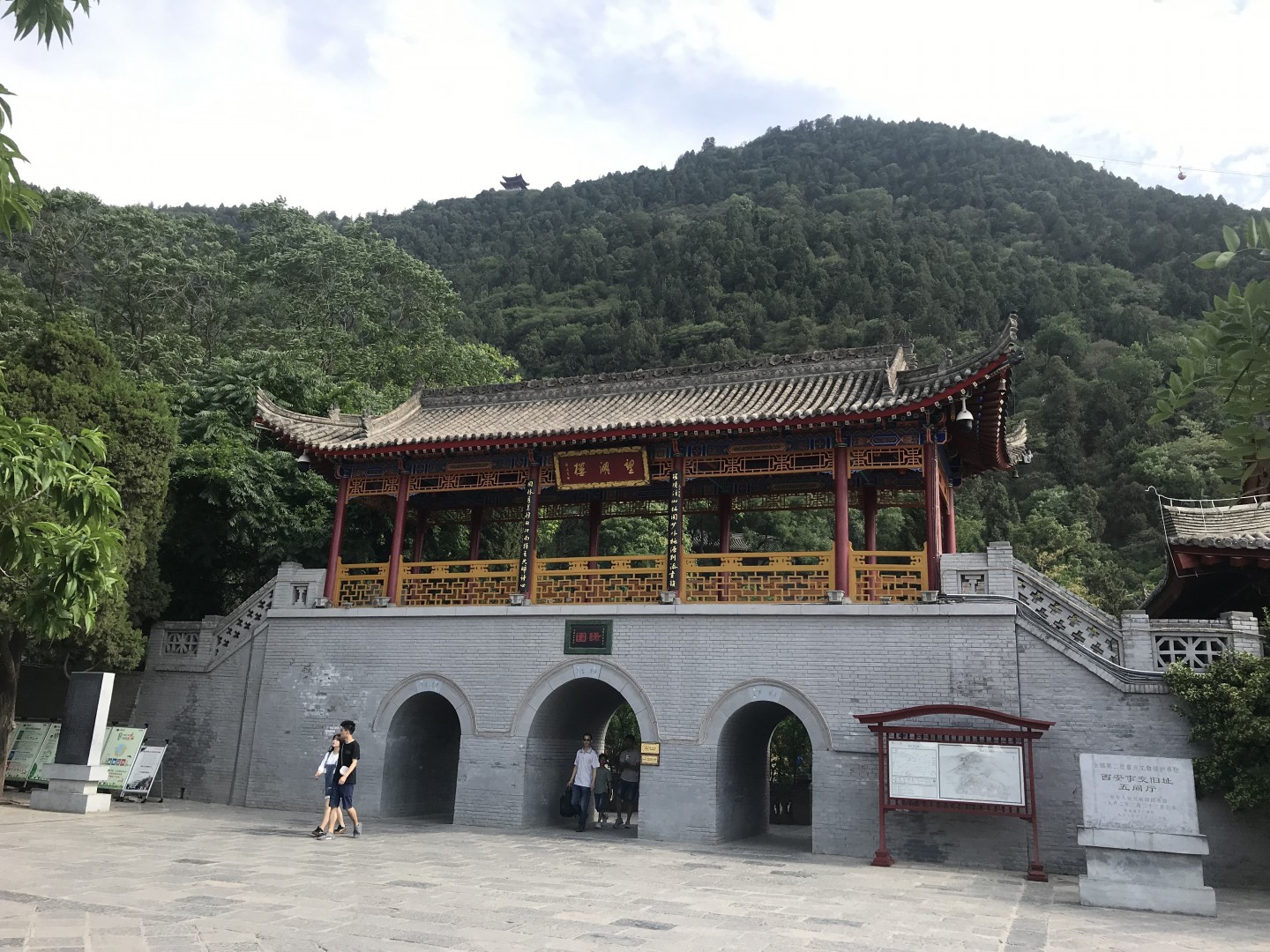


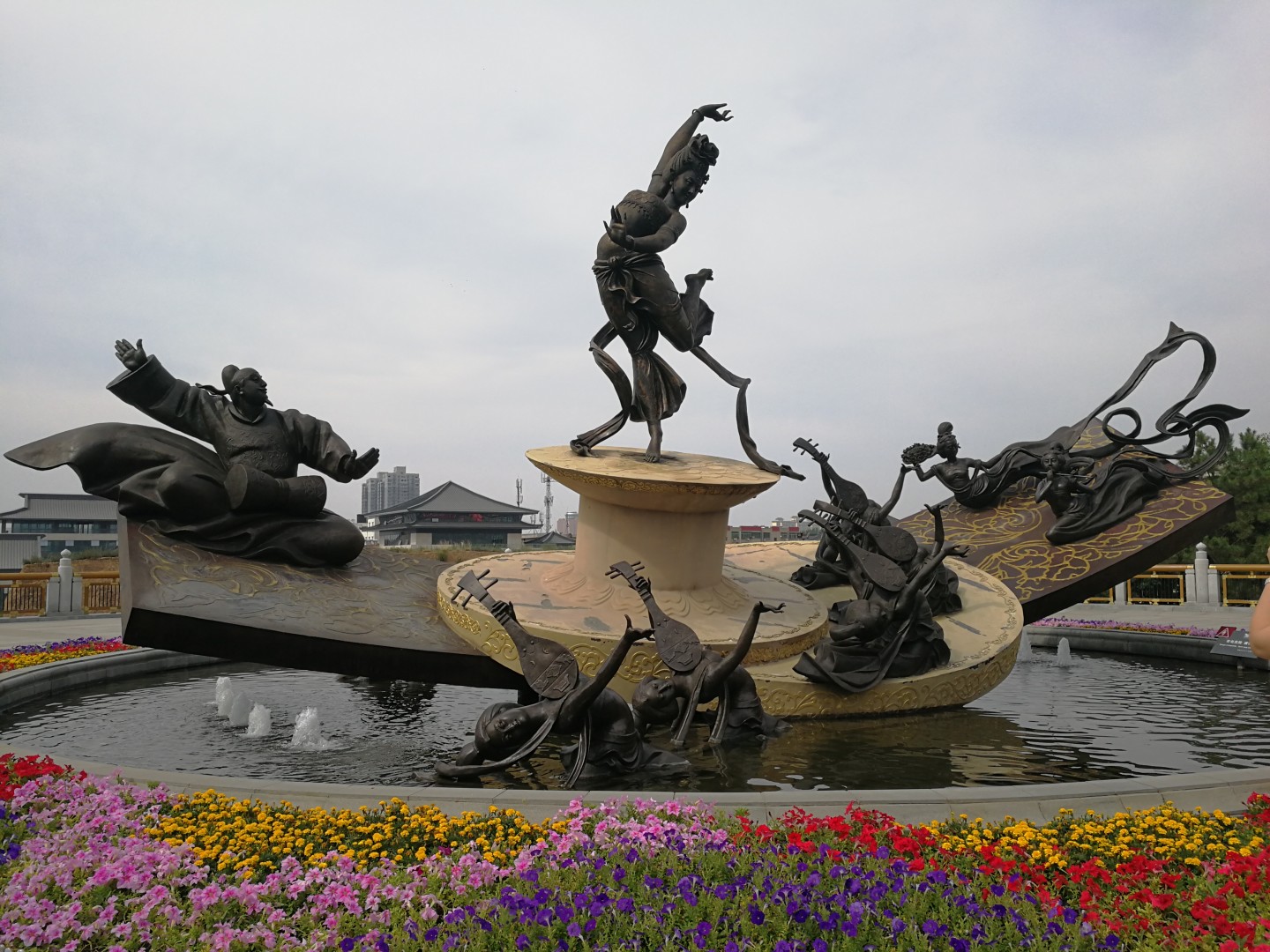
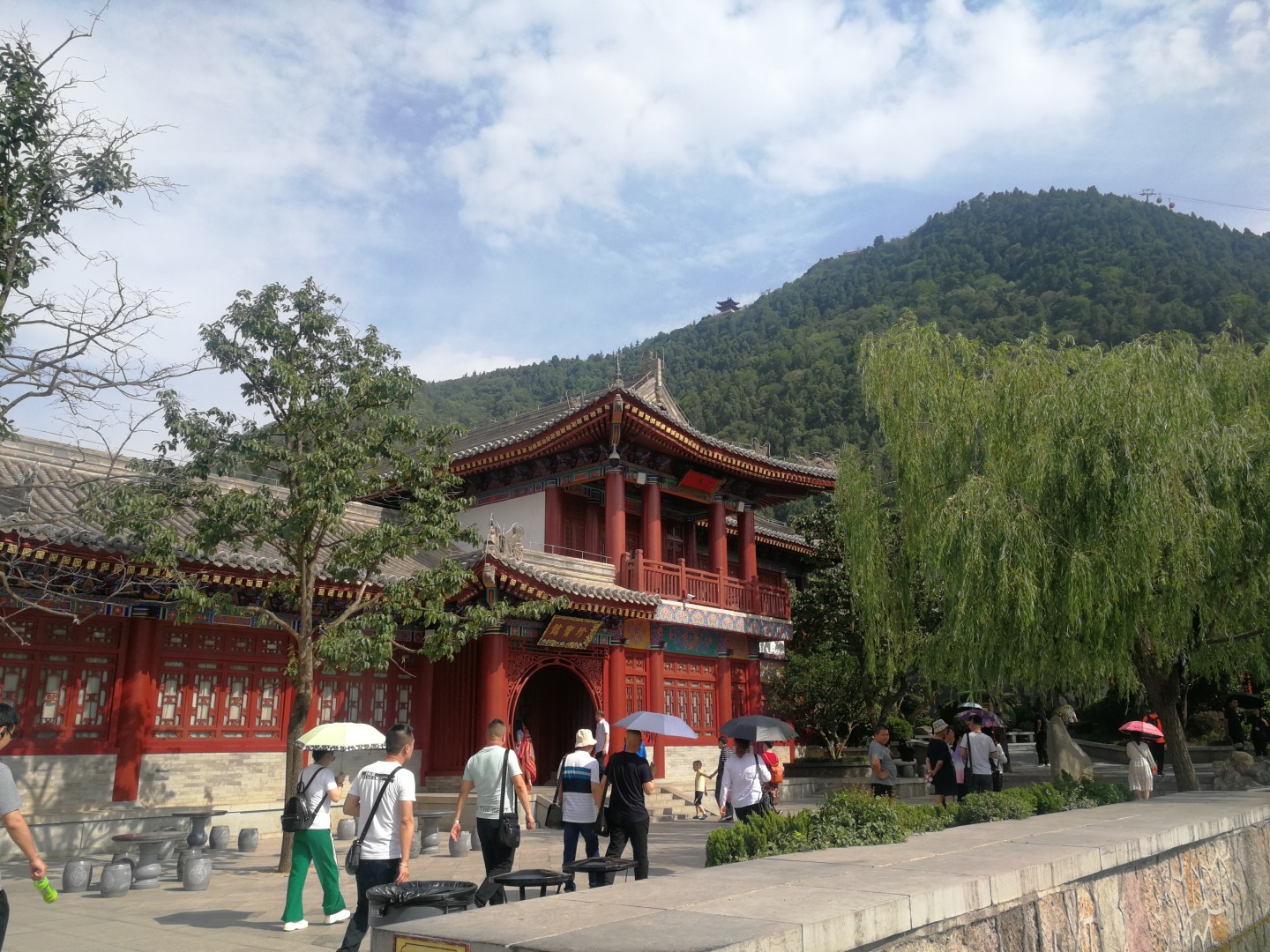
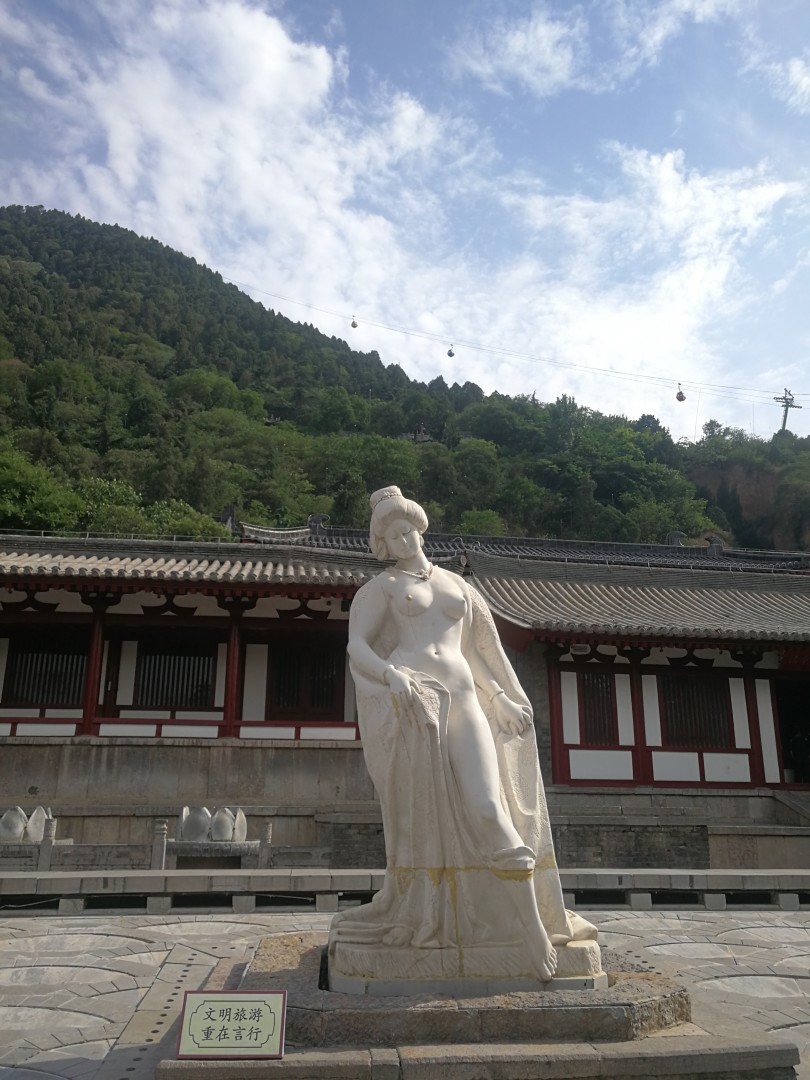
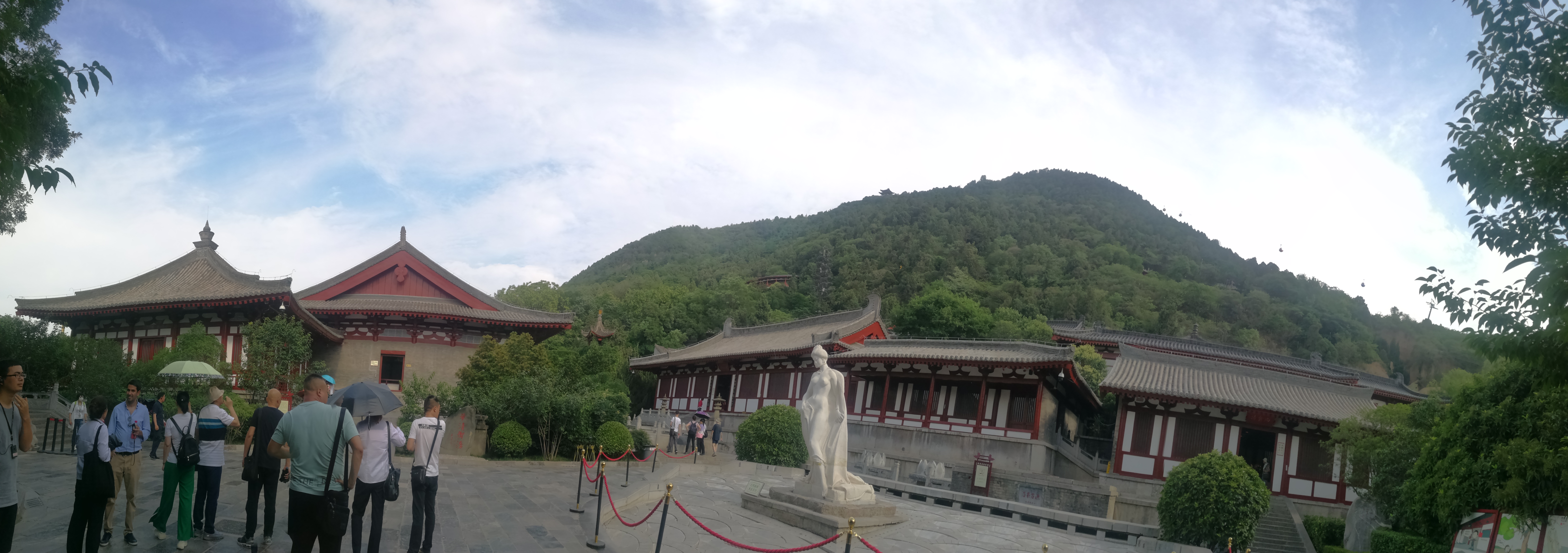
An interesting ending to the hostage crisis
Another historical feature of this city is that it was the scene of the Xi'an Incident. This event was a political crisis that occurred in 1936. Chiang Kai-shek, the leader of the Republic of China at that time, was held hostage in Xi'an by his subordinates Zhang Xueliang and Yang Hucheng, to the Chinese Communist Party where the ruling Chinese Nationalist Party (Kuomintang or KMT) was in civil war and in peace negotiations for two weeks to make changes to their policies towards Japan. Interestingly, this crisis was resolved as the leader Chiang was persuaded by the wishes of his subordinates who kept him hostage, and then the Chinese government united with communists and waged war on Japan.
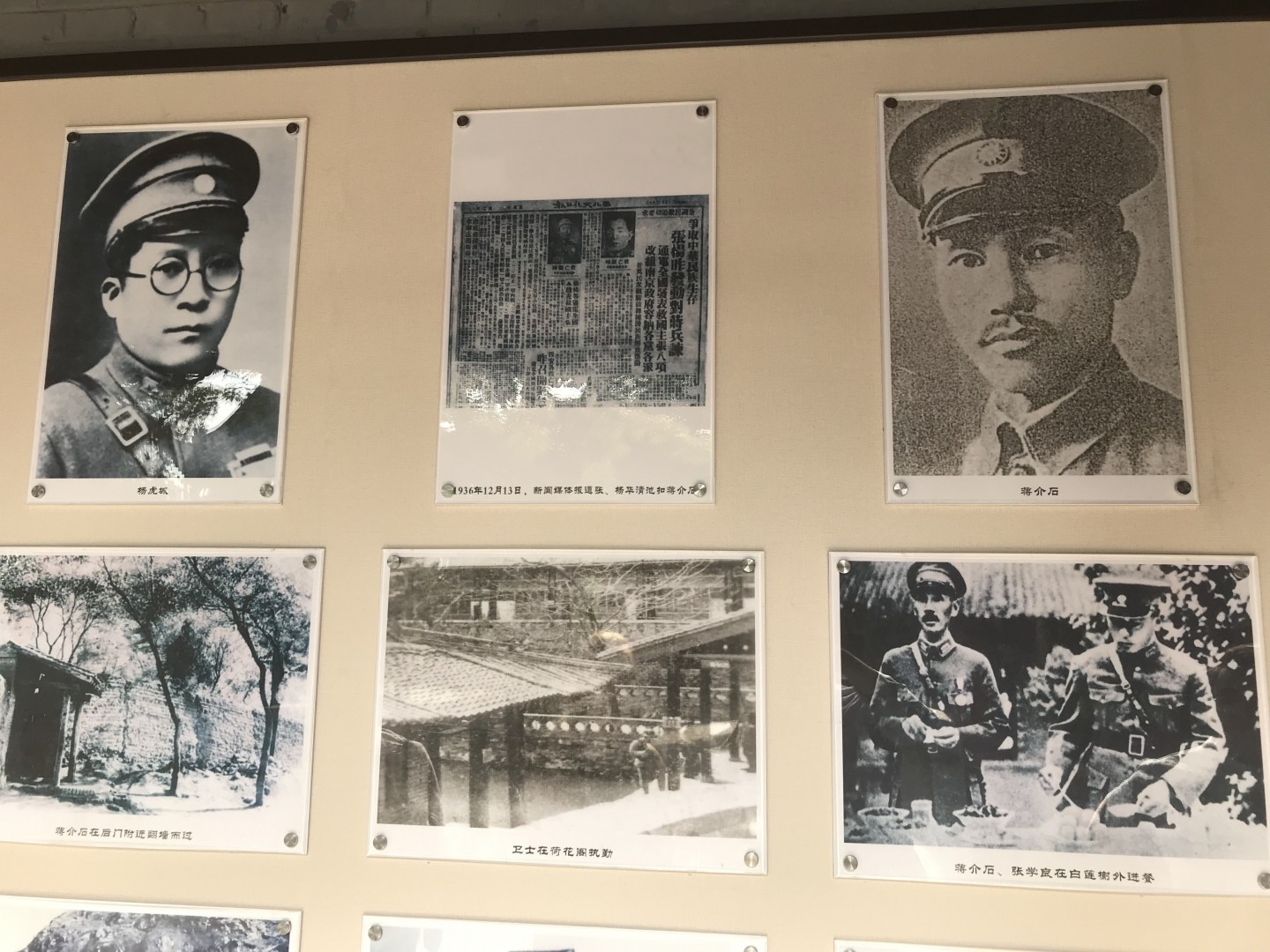
The Xi'an Incident; Chiang Kai-shek, Zhang Xueliang and Yang Hucheng
After seeing the gardens and historical hot spring pools of Xi'an city, we proceeded towards the cable car stop to climb Mount Li. At this point, our guide had left us. While enjoying a 15-minute cable car ride to Li Mountain, we enjoyed the view of the city and the hot springs. The Lishan Laomu Temple is located on the top of Li Mountain. According to a legend in Chinese mythology, Lishan Laomu, the goddess of Mount Li, and another goddess, Nüwa, who was considered the creator of humanity, repaired the wall of heaven together.
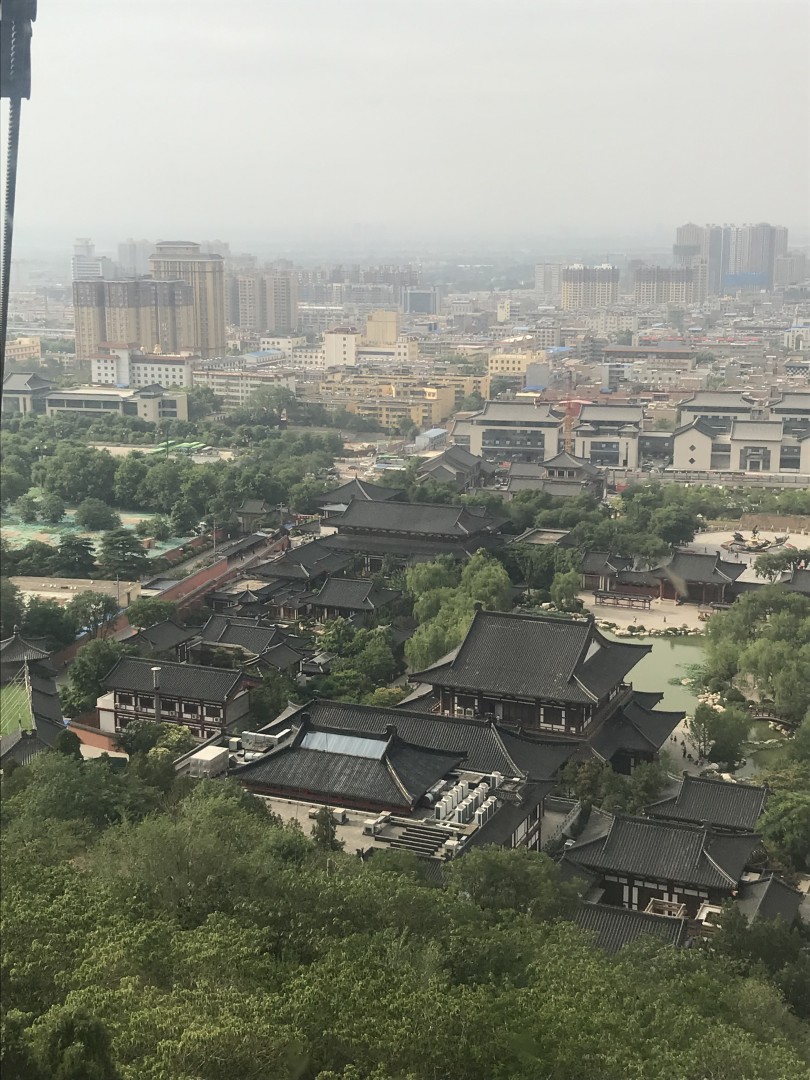
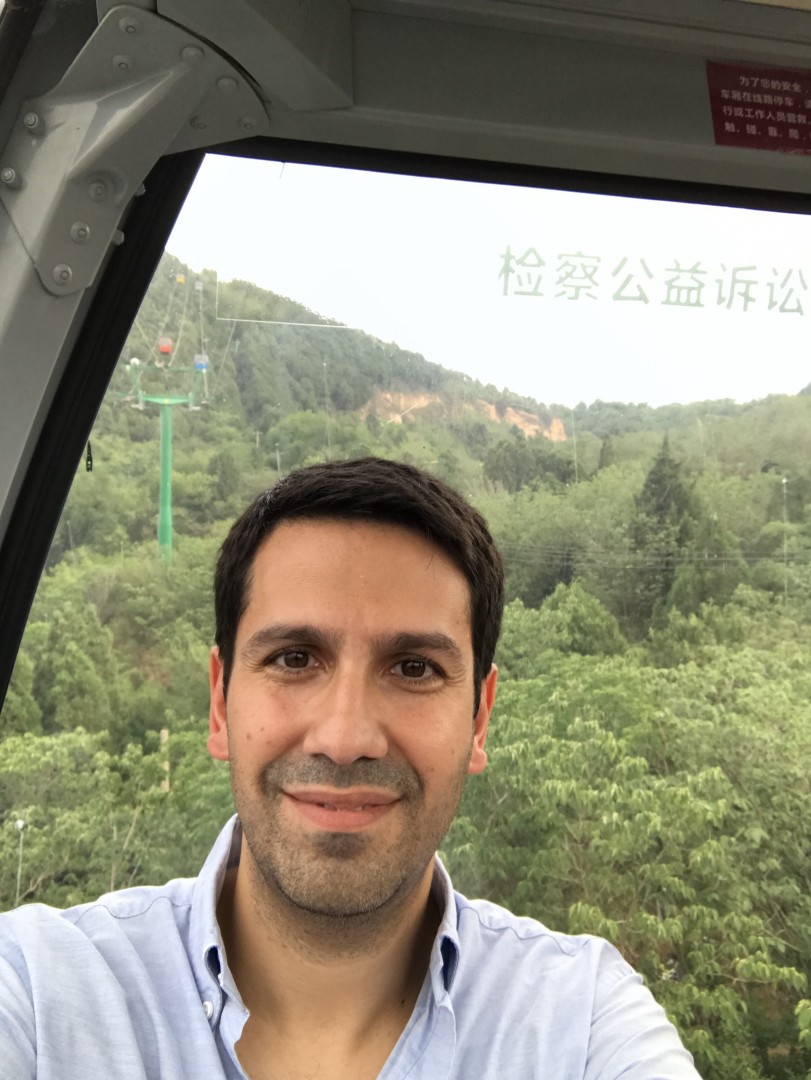
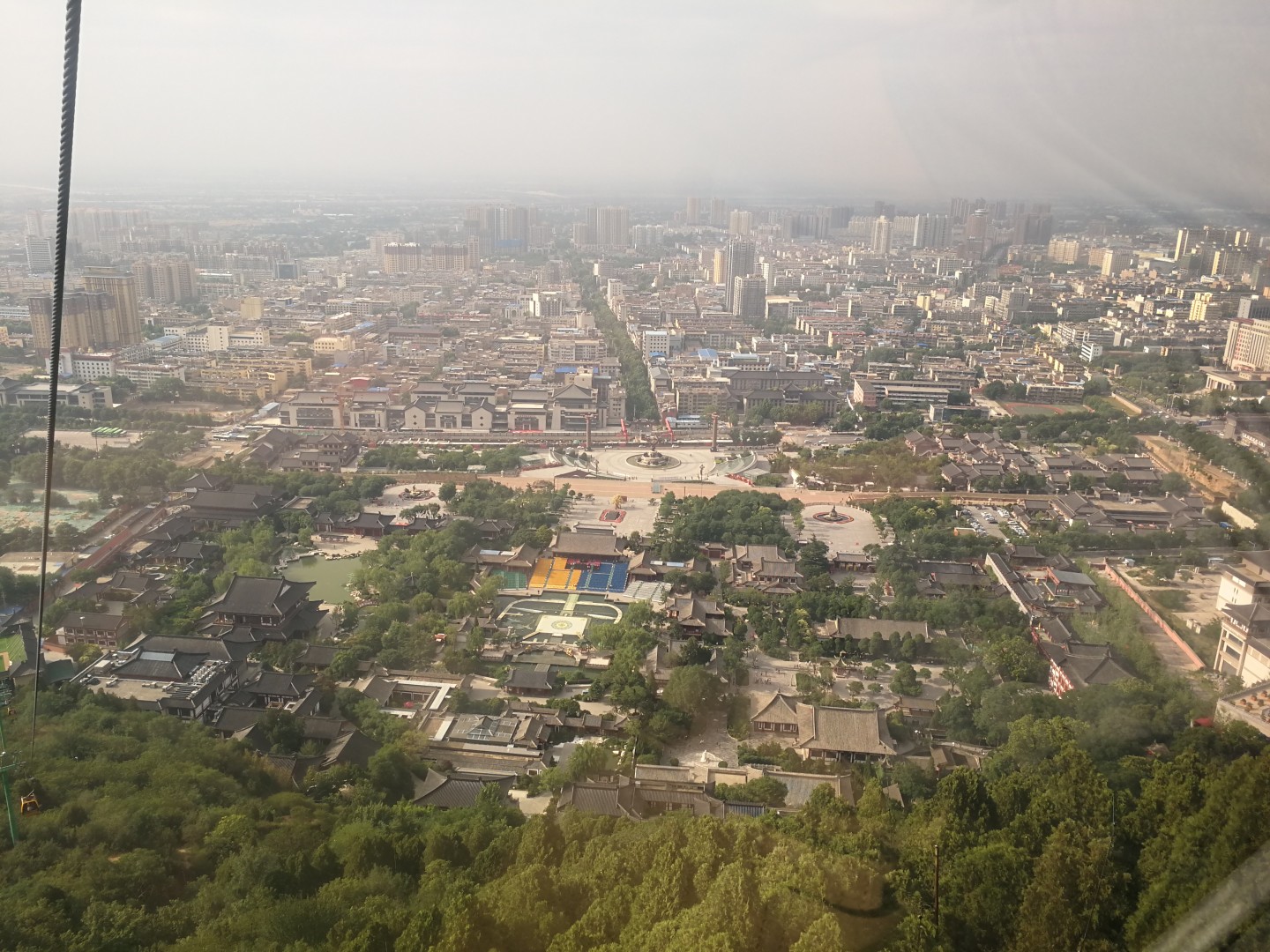
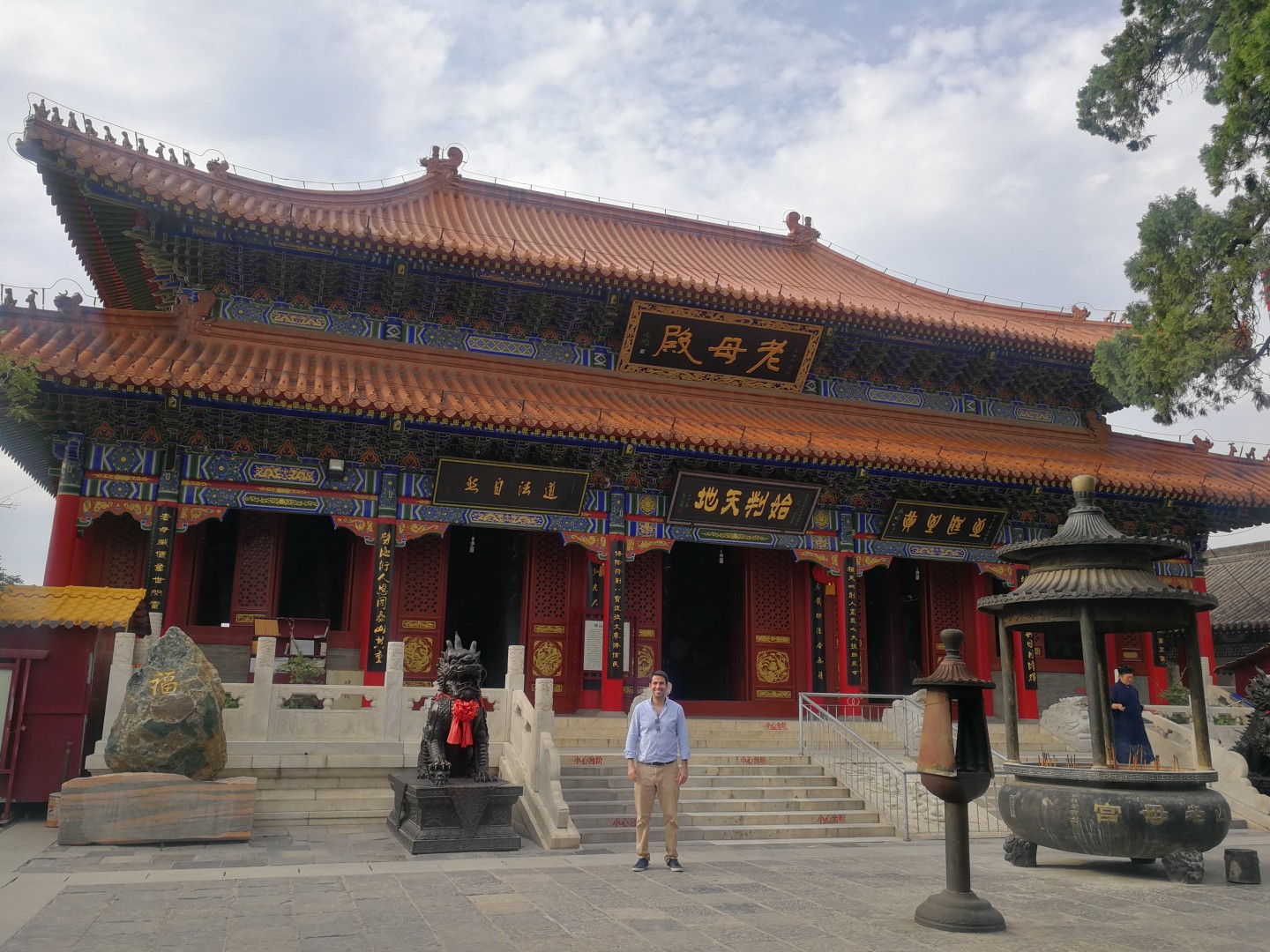
Laomu Temple
After visiting the temple, we reached the city centre of Xi'an by catching up to the last cable car expedition. Our next stop was to visit the Giant Wild Goose Pagoda, Dayanta region and to watch the demonstrations on the evening walking path. We witnessed many shows and musical water shows along the way.
When dinner time came, our Chinese friend accompanying us offered to take us to the street known as “Muslim Food Street”. However, when we went for a walk to the city centre after our meeting on Saturday evening, we realised we had already discovered this region by chance. On this occasion, I would like to talk about another discovery in the city center of Xi'an, the Bell Tower. The centre of Xi'an city has an area surrounded by city walls.
The iconic Bell Tower
The Bell Tower, built in 1384 during the Ming Dynasty, is the city's most iconic icon and one of the largest symbols of its kind, not only in Xi'an, but throughout China. Our hotel had a very central location right in the south and central part of Xi'an City Wall. We had the opportunity to visit the tower after walking from this location to the Bell Tower, located in the city wall and in the centre of it. The entrance to the Bell Tower is a bit complicated, there is only a passage through an underground walkway. The tower is located right in the centre of the city, inside a main circle and roundabout. As we walked towards the Drum Tower, another important symbol after the bell tower, we discovered the street known as Muslim Food Street by chance. There are many street food stands and restaurants along this street. The street was named this way because these restaurants serve the food of the Hui ethnic group, which is mostly Muslim. The population of Hui in Xi'an city and Shaanxi province is already very high, along with the reputation of this street, many other ethnic groups such as Uyghurs have opened restaurants in this region.

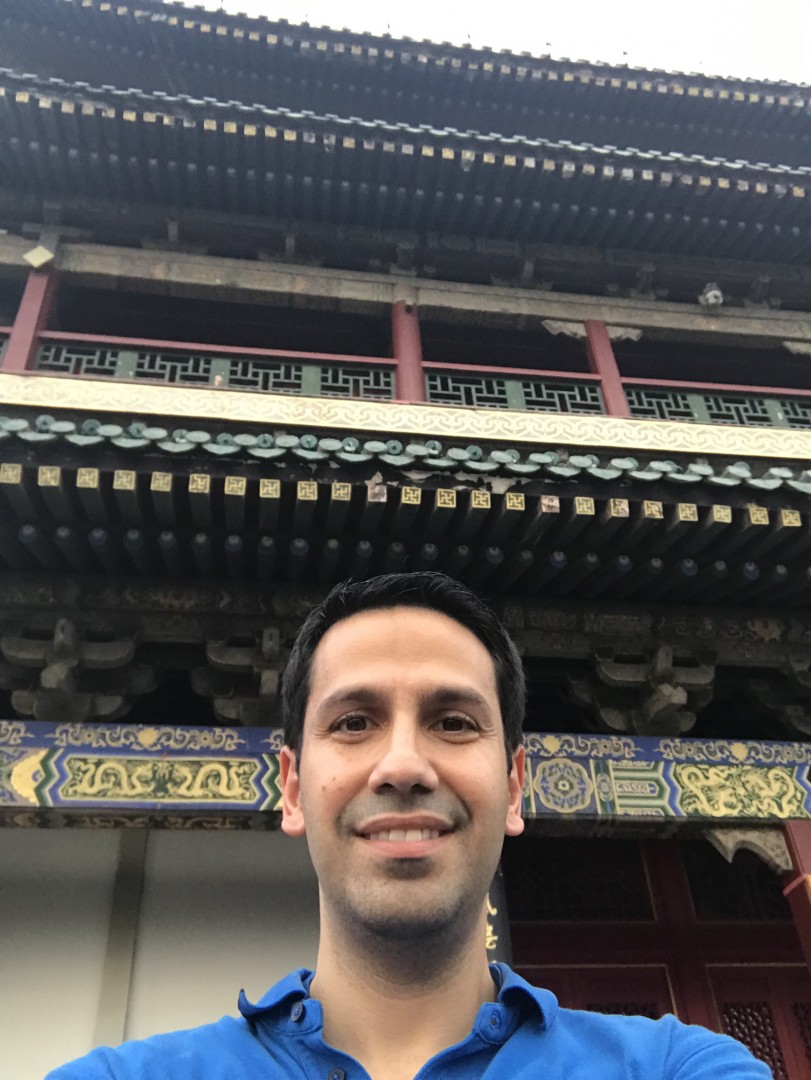





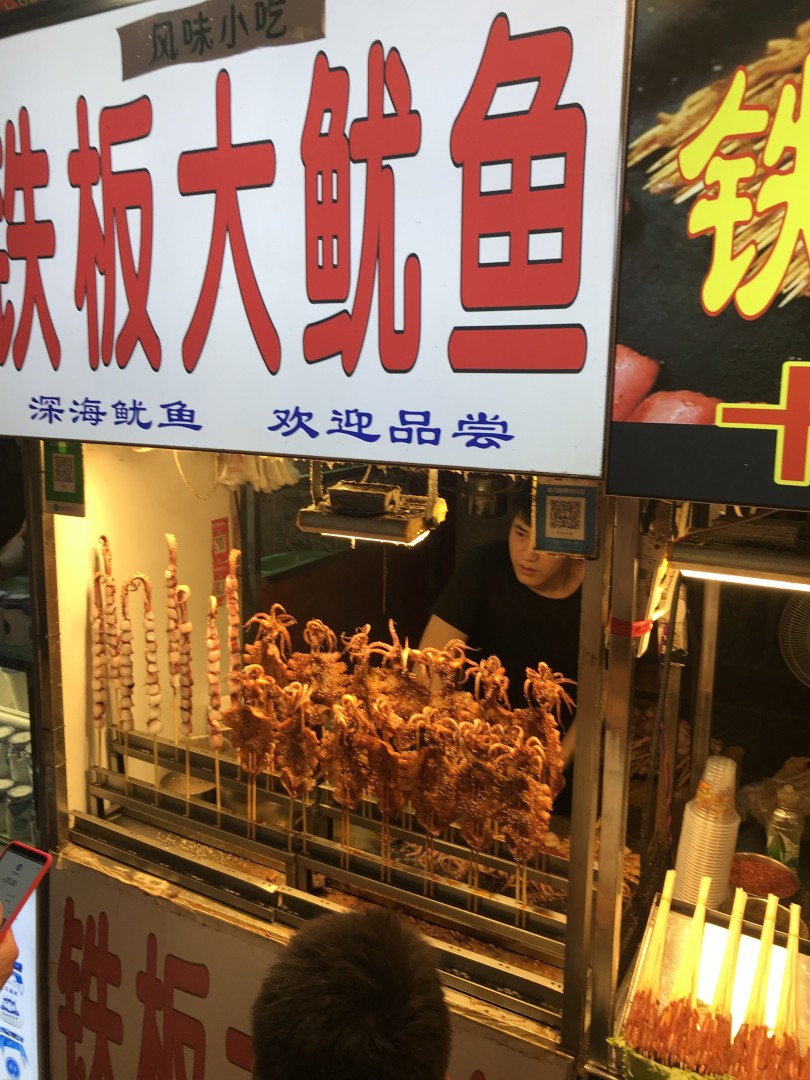

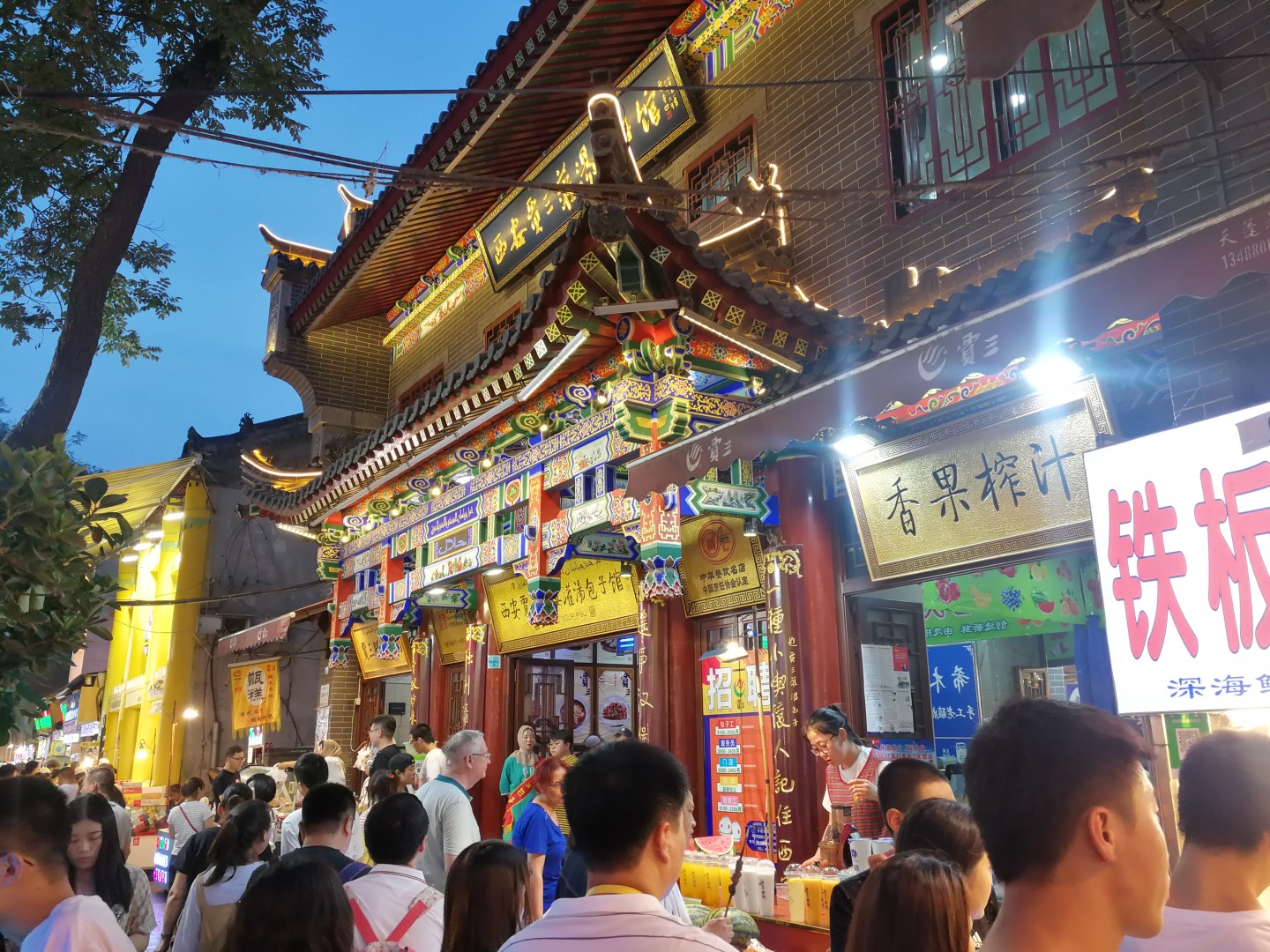
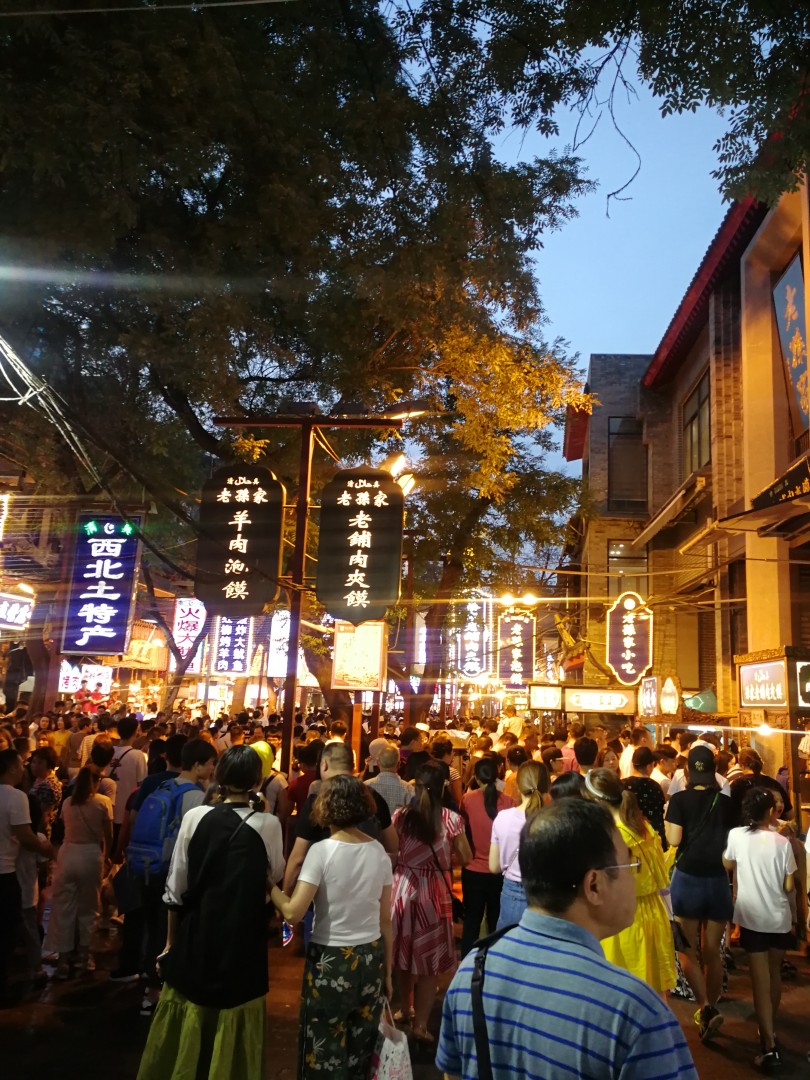
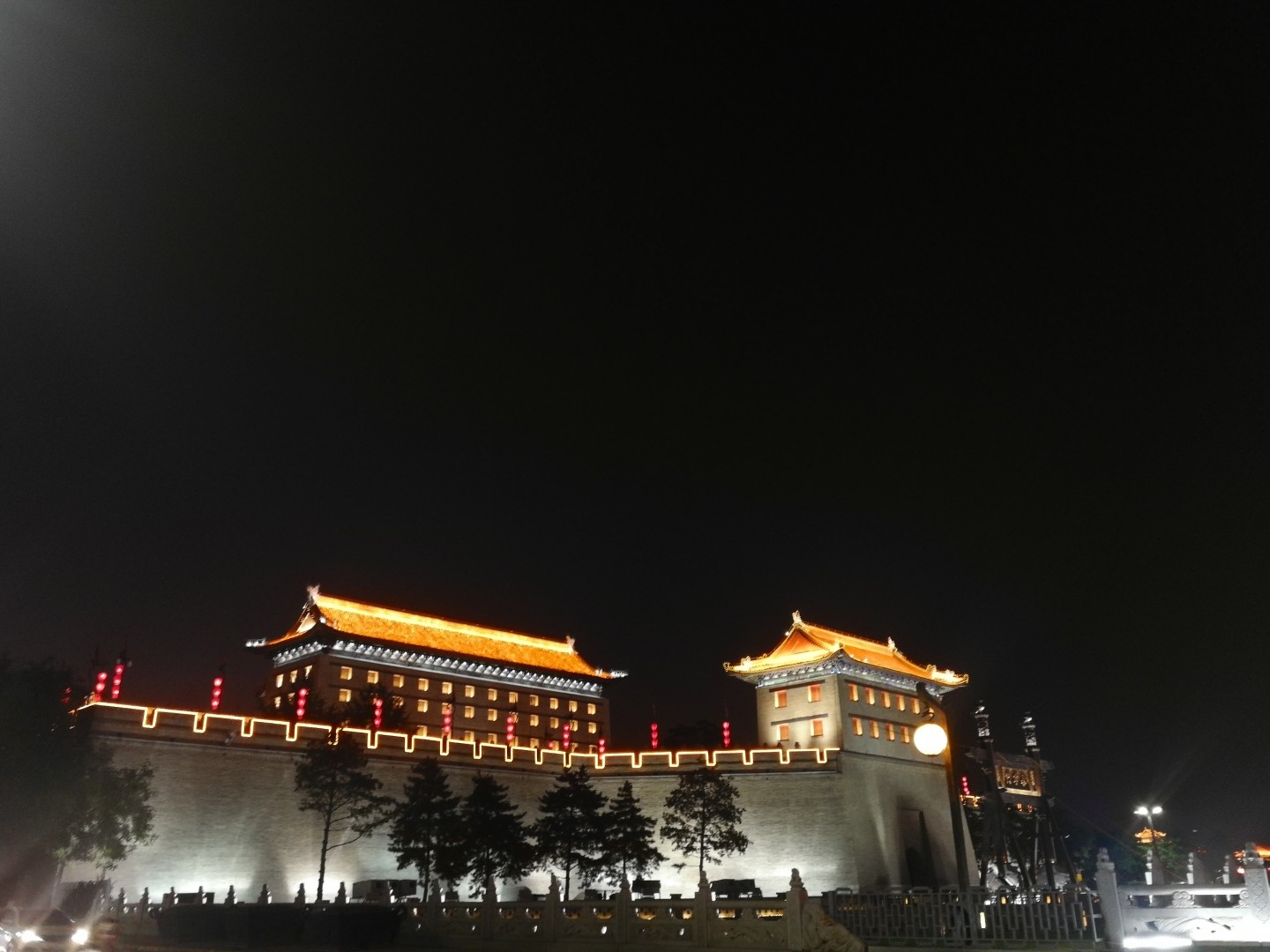
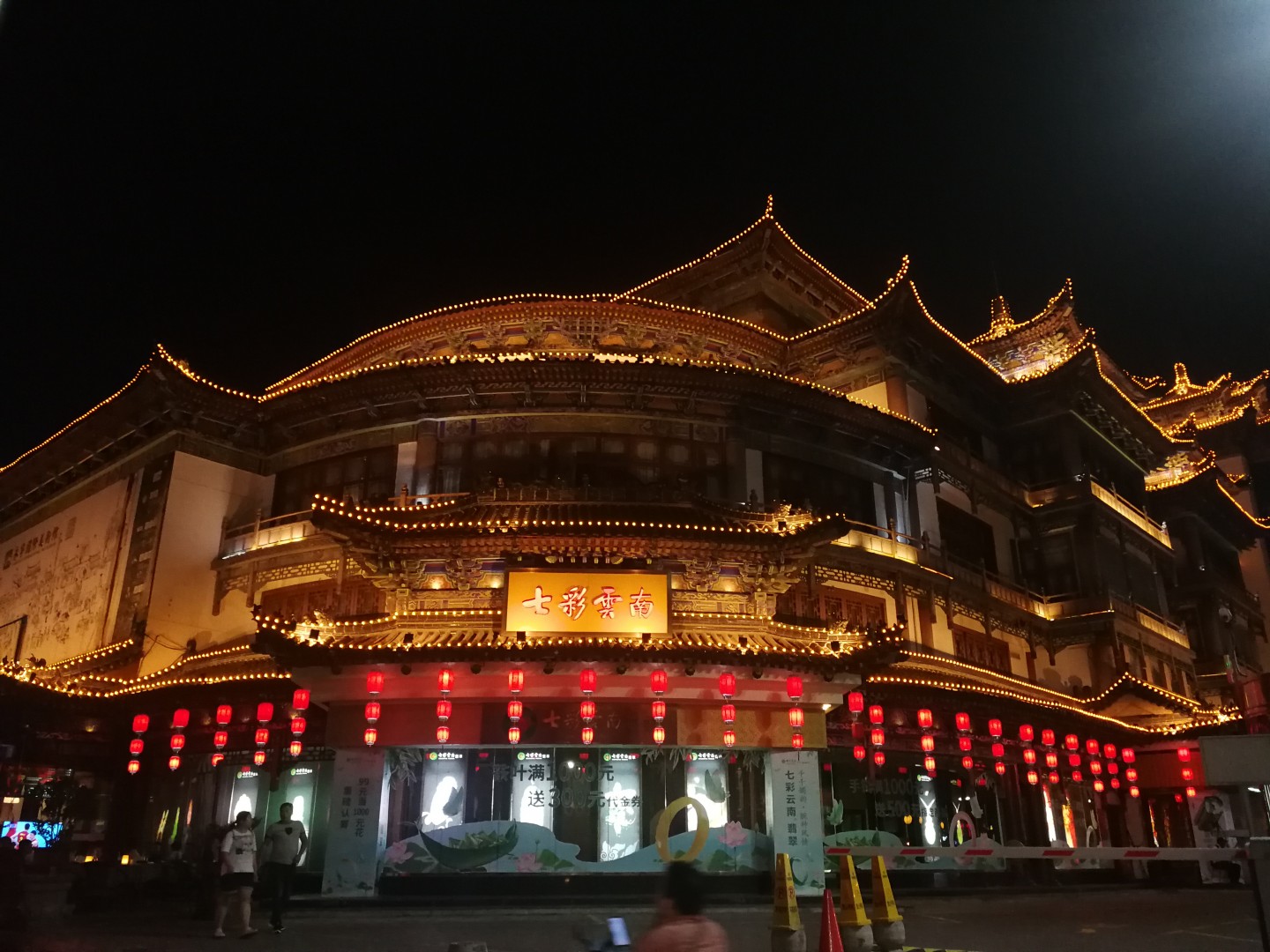
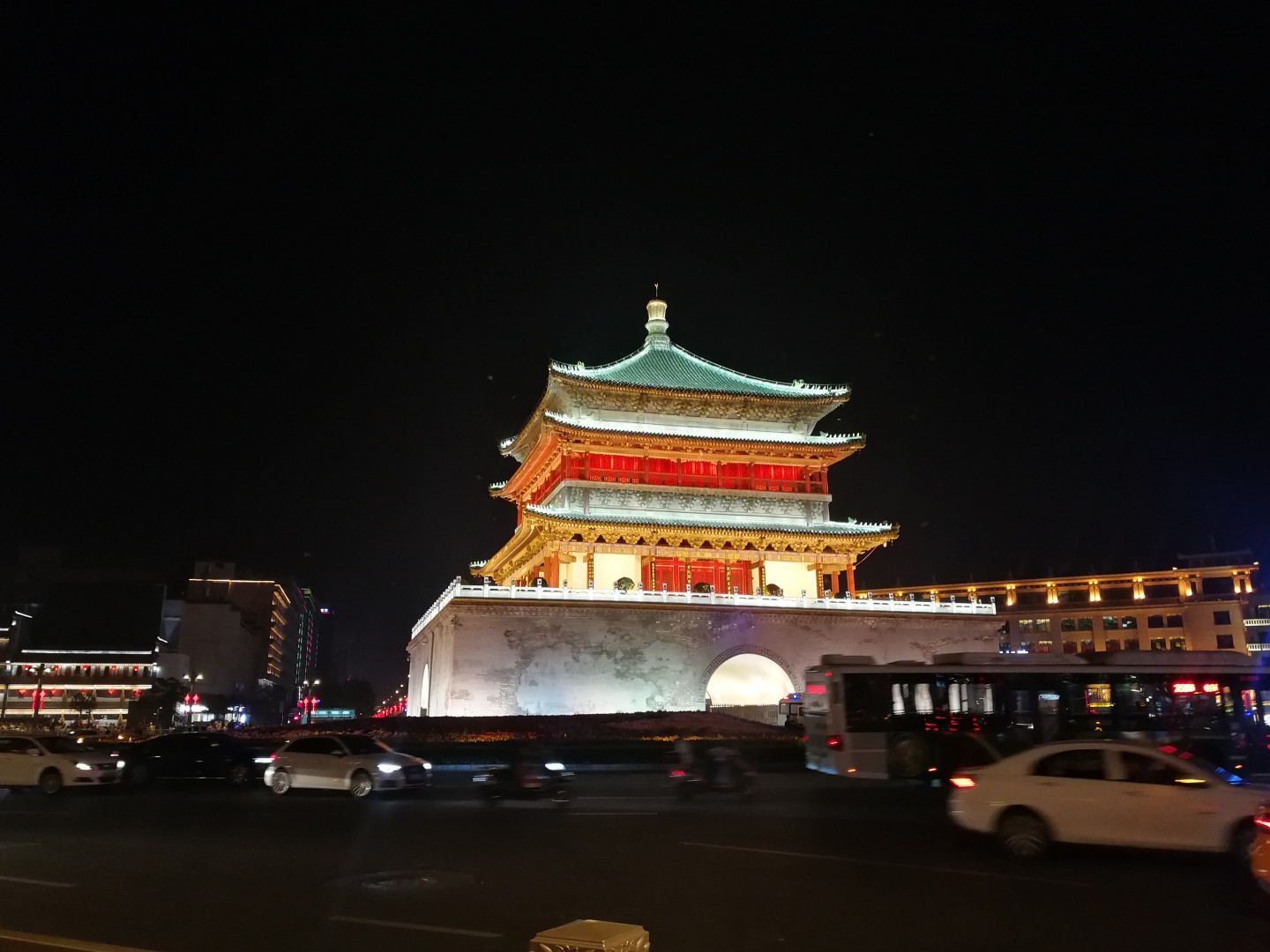
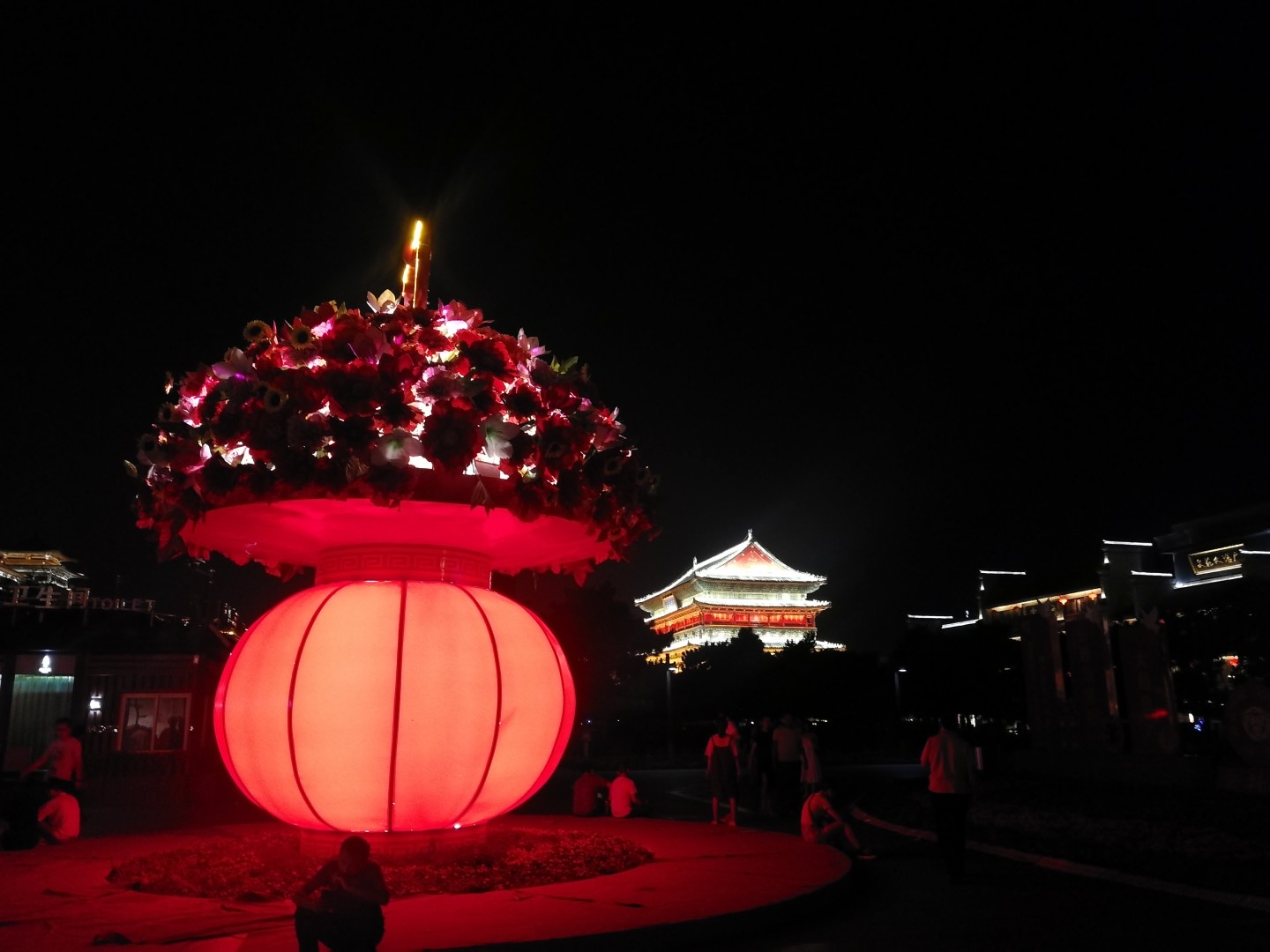
A Chinese ‘self-cook and catering’ meal
Since we had discovered the "Muslim Food Street" before, we decided to stay for dinner in the "Giant Wild Goose Pagoda, Dayanta" region. We decided to go to the Chengdu Hot Pot restaurant. In the Hot Pot restaurants, which are like the fondue concept of China, you cook everything yourself in hot water. Of course, you mix many different flavours such as pepper, spice, onion and garlic, which add taste to the hot water. While we were eating the dishes that appealed to our taste buds, we were also enjoying the cooking process.
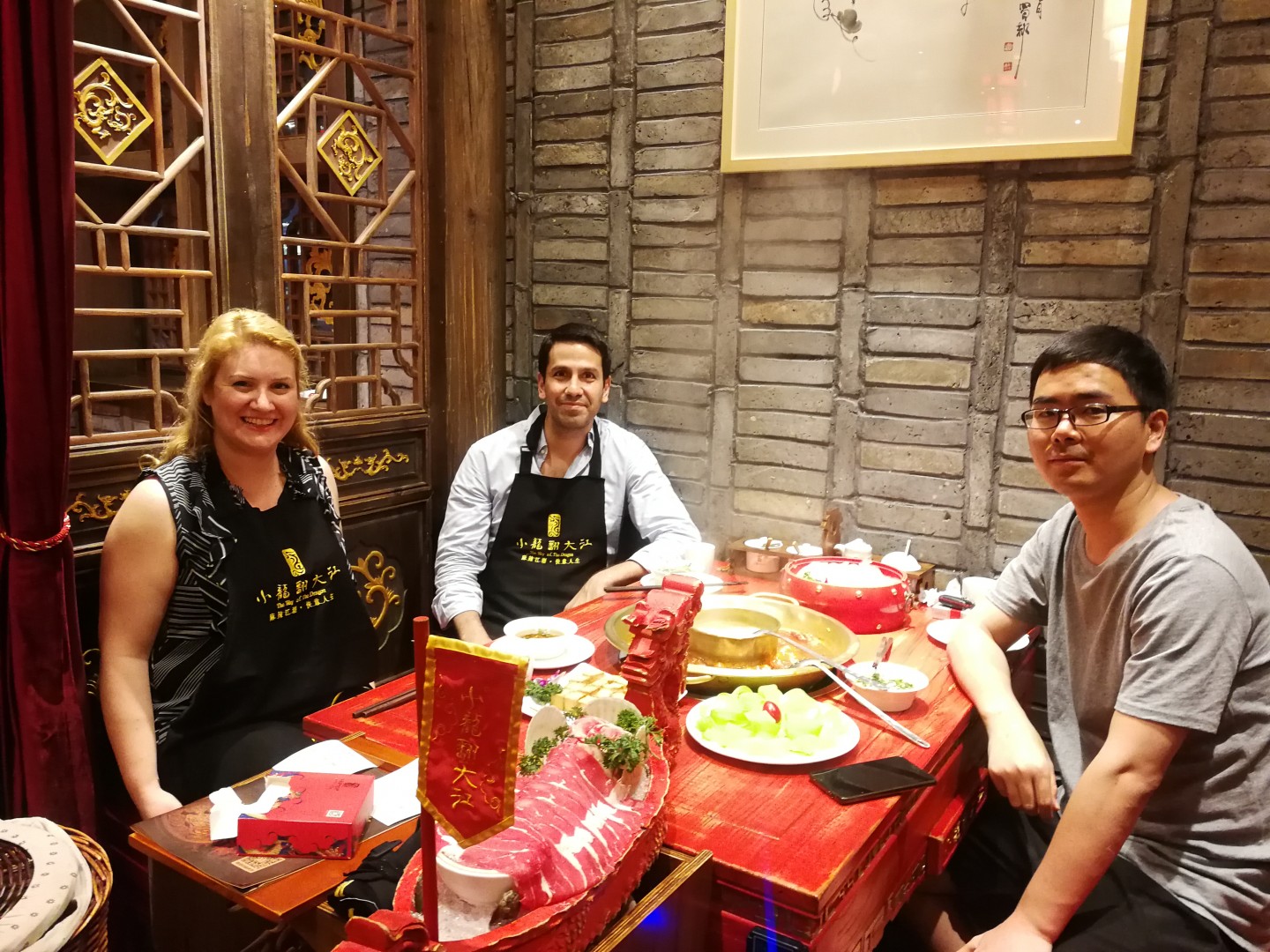
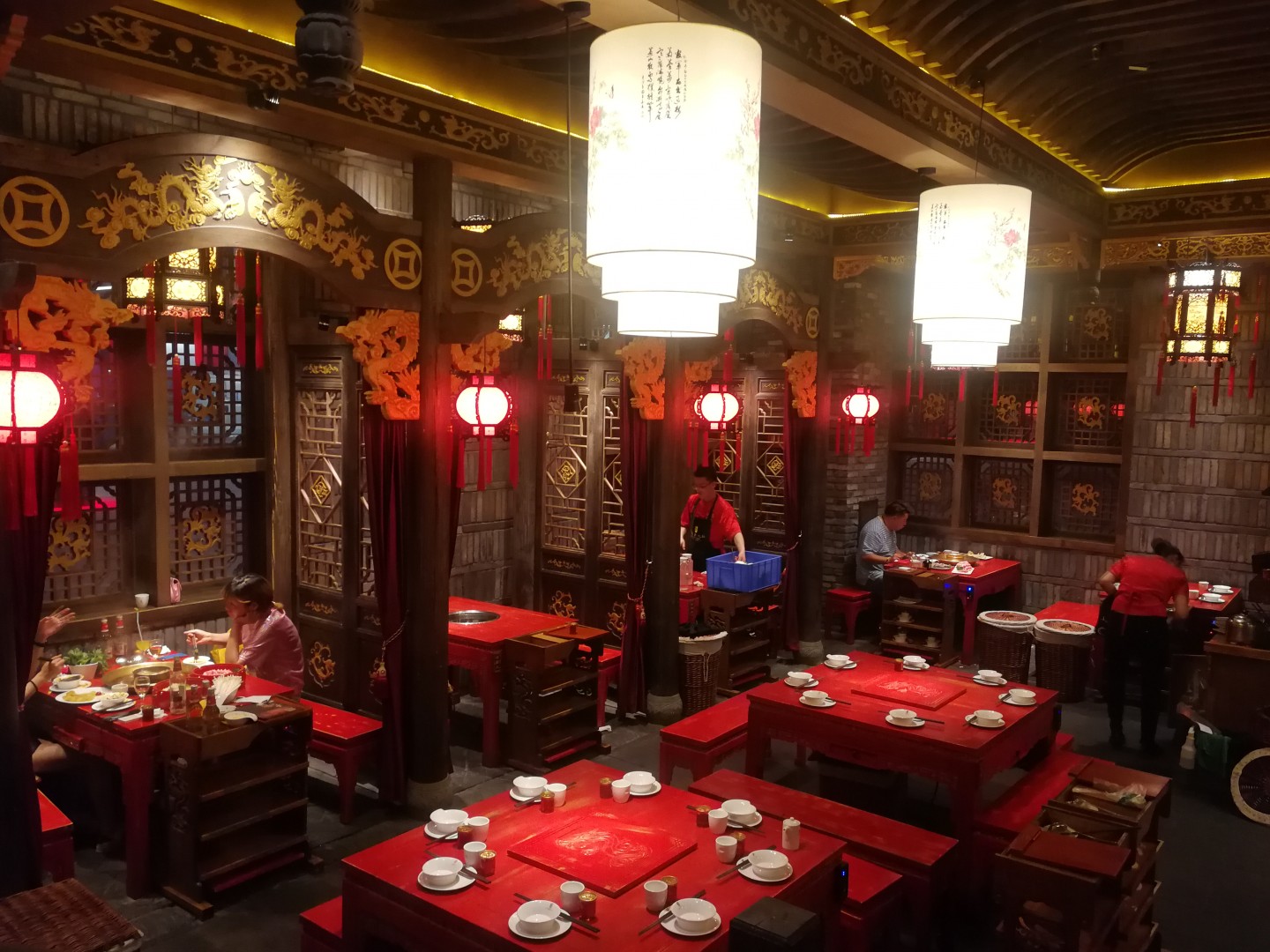
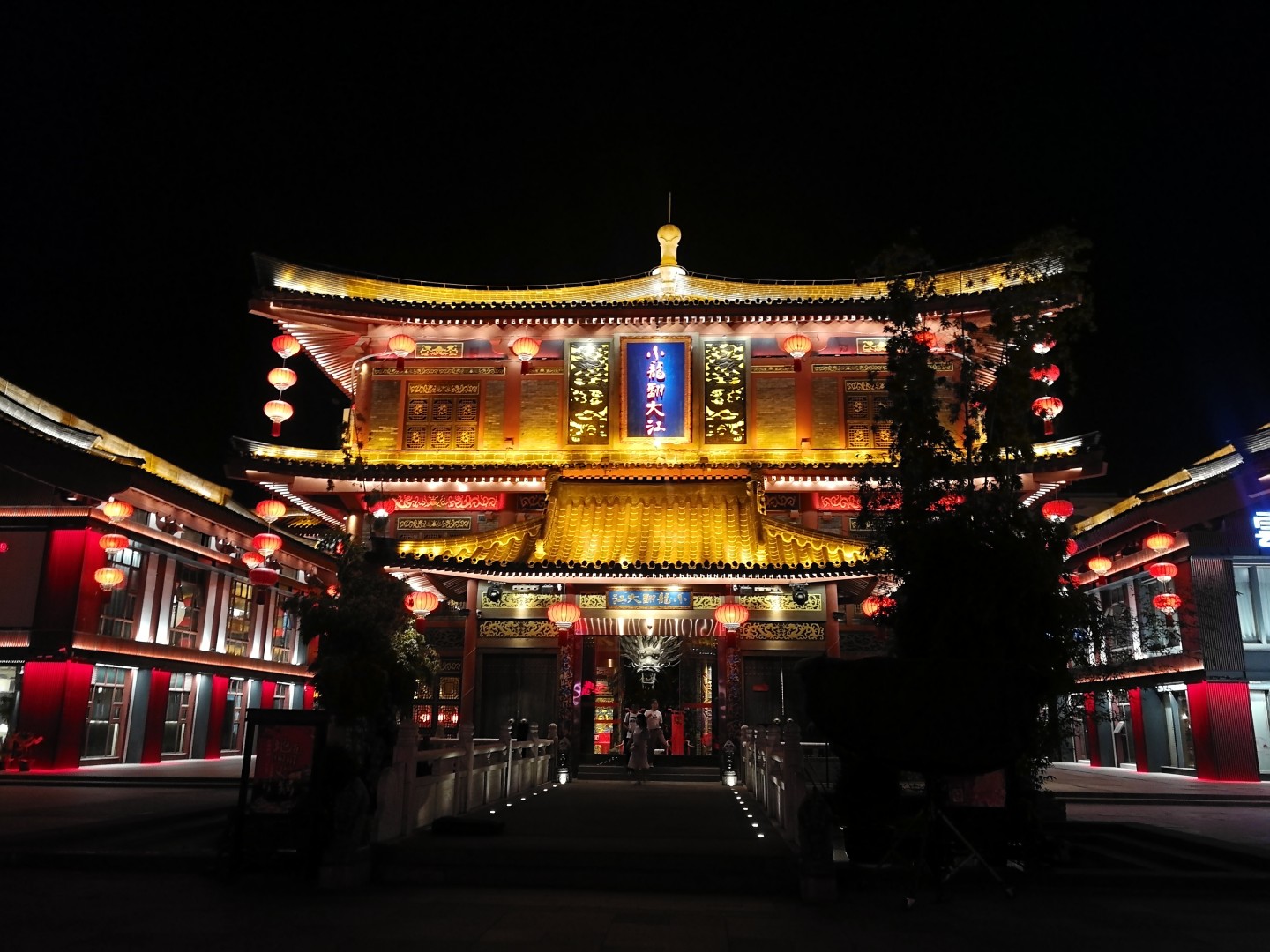
After our meal, we walked up a street, which resembles İstiklal Street in Istanbul. I say upwards because this street, unlike Istiklal, was a sloping, bumpy street. We completed our tour by watching the music and dance performances and then returned to our hotel. The next day, we were ready for our last meeting in China and to return to Istanbul.
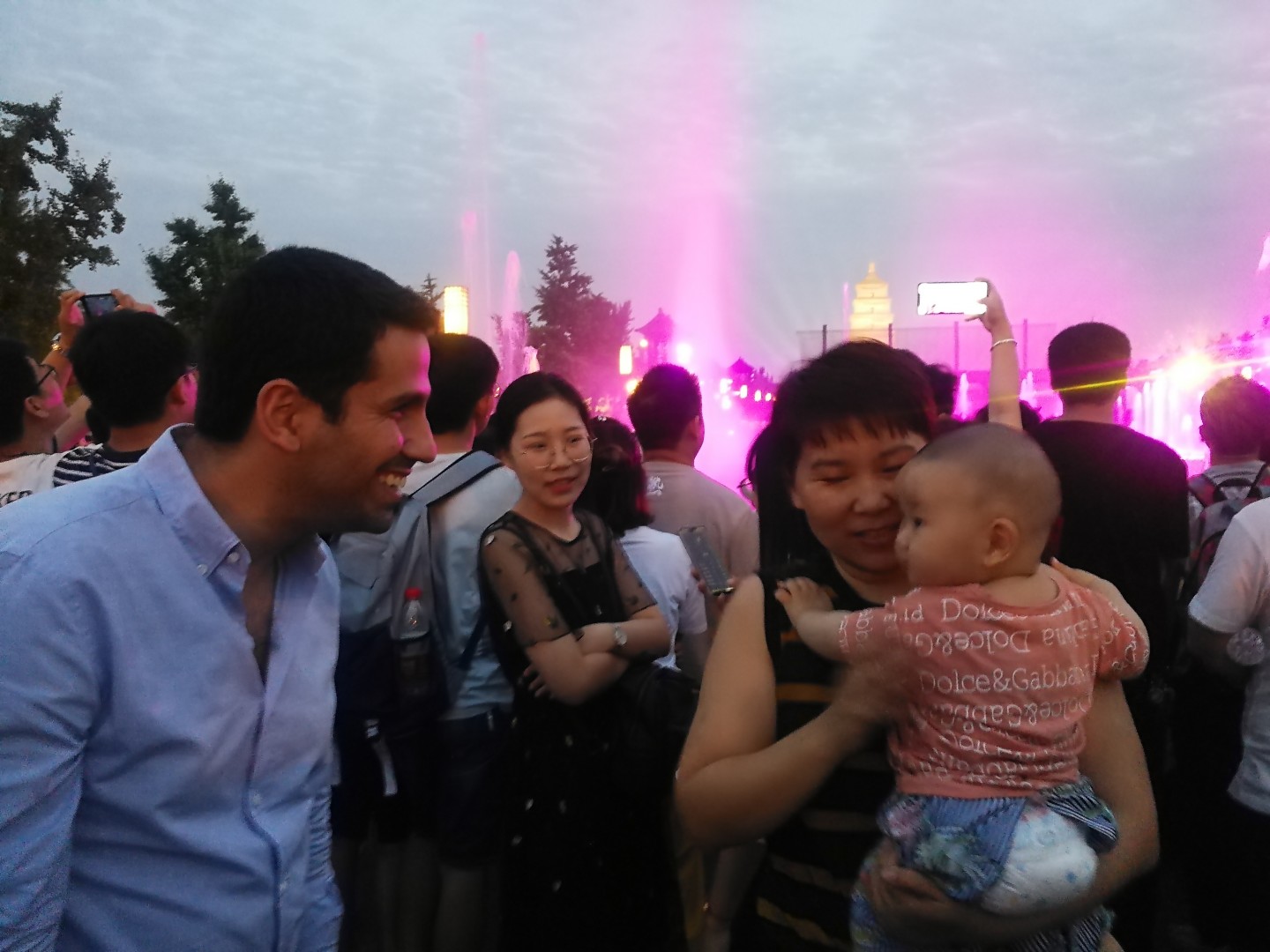
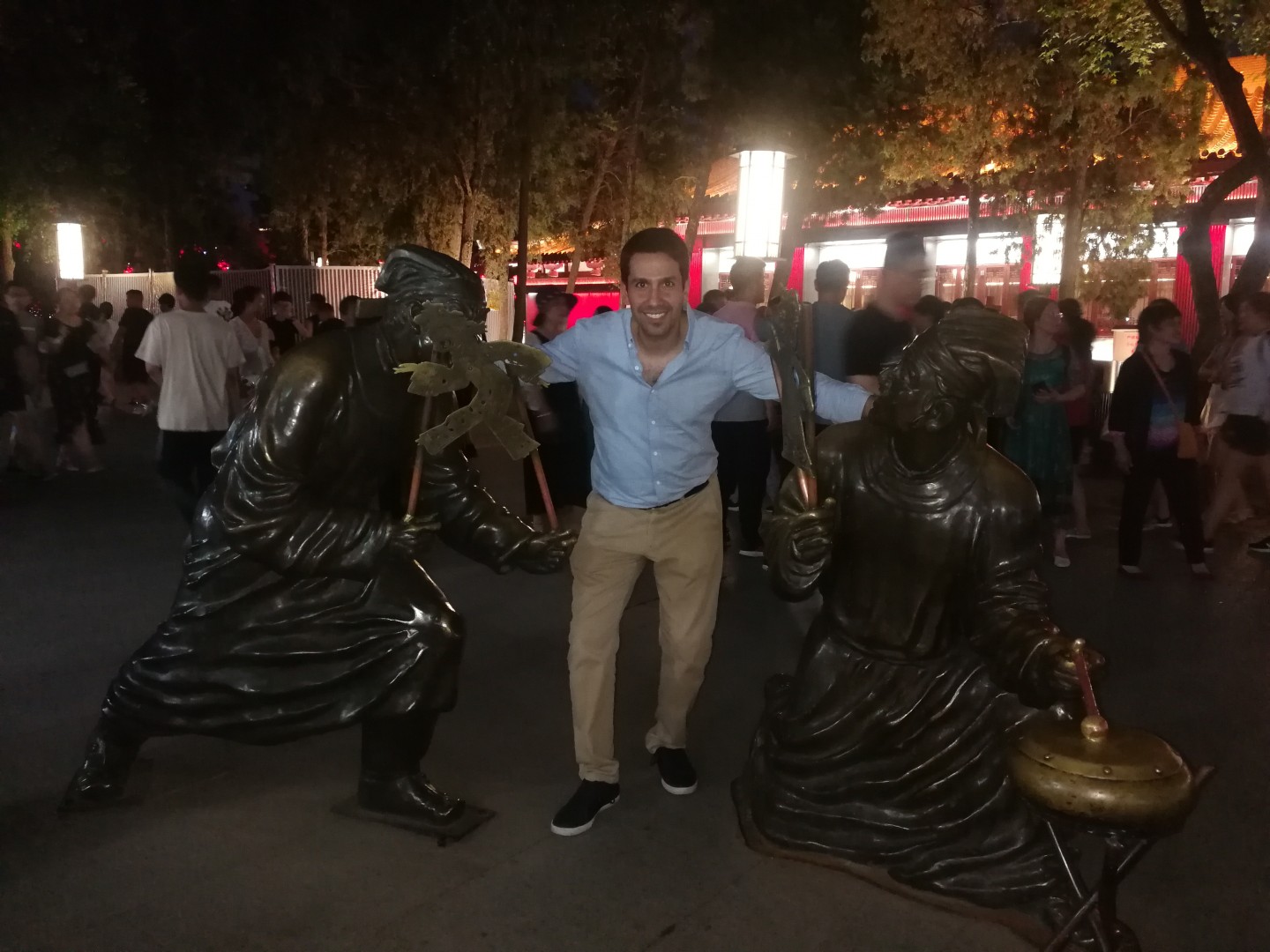
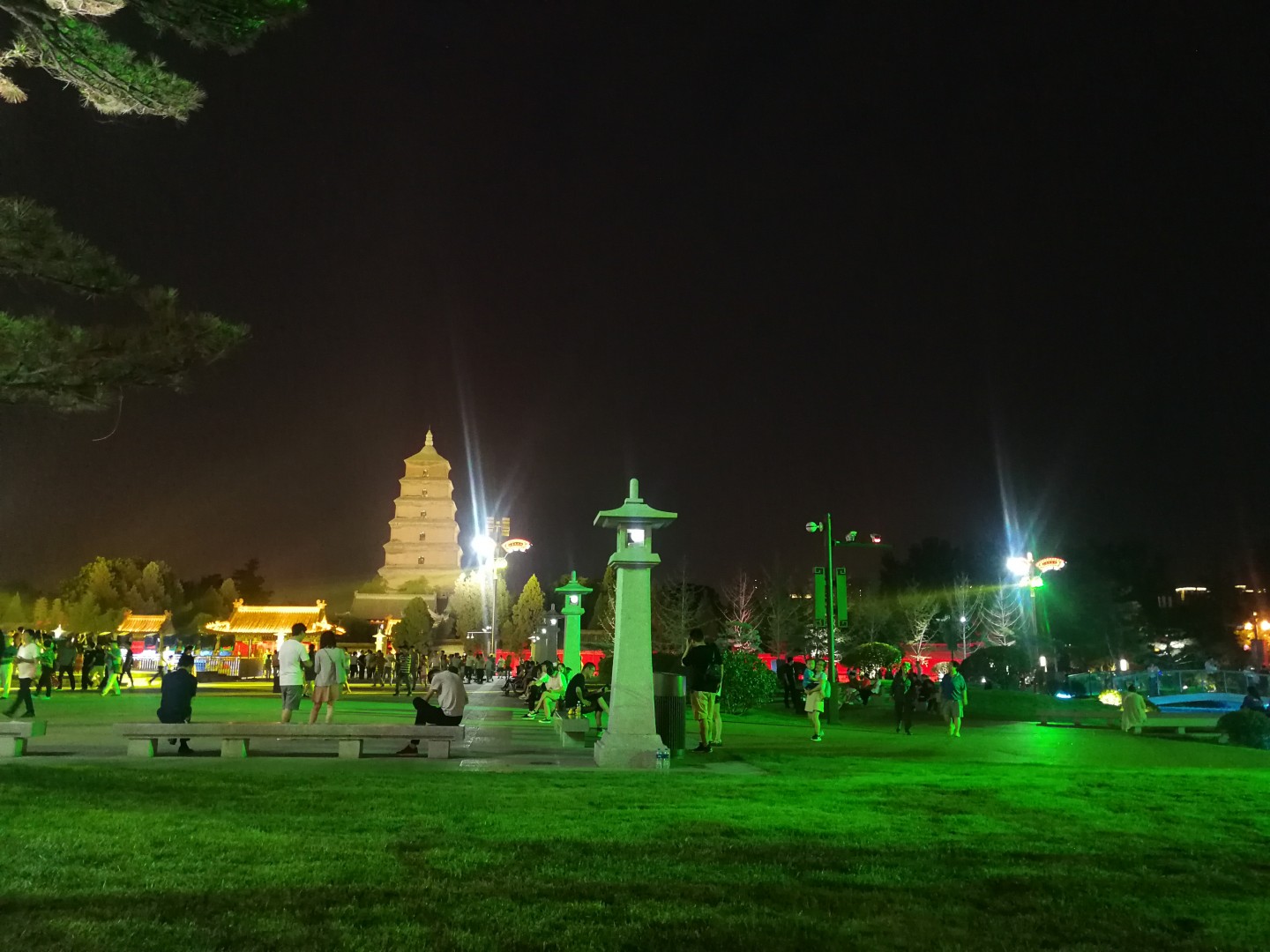
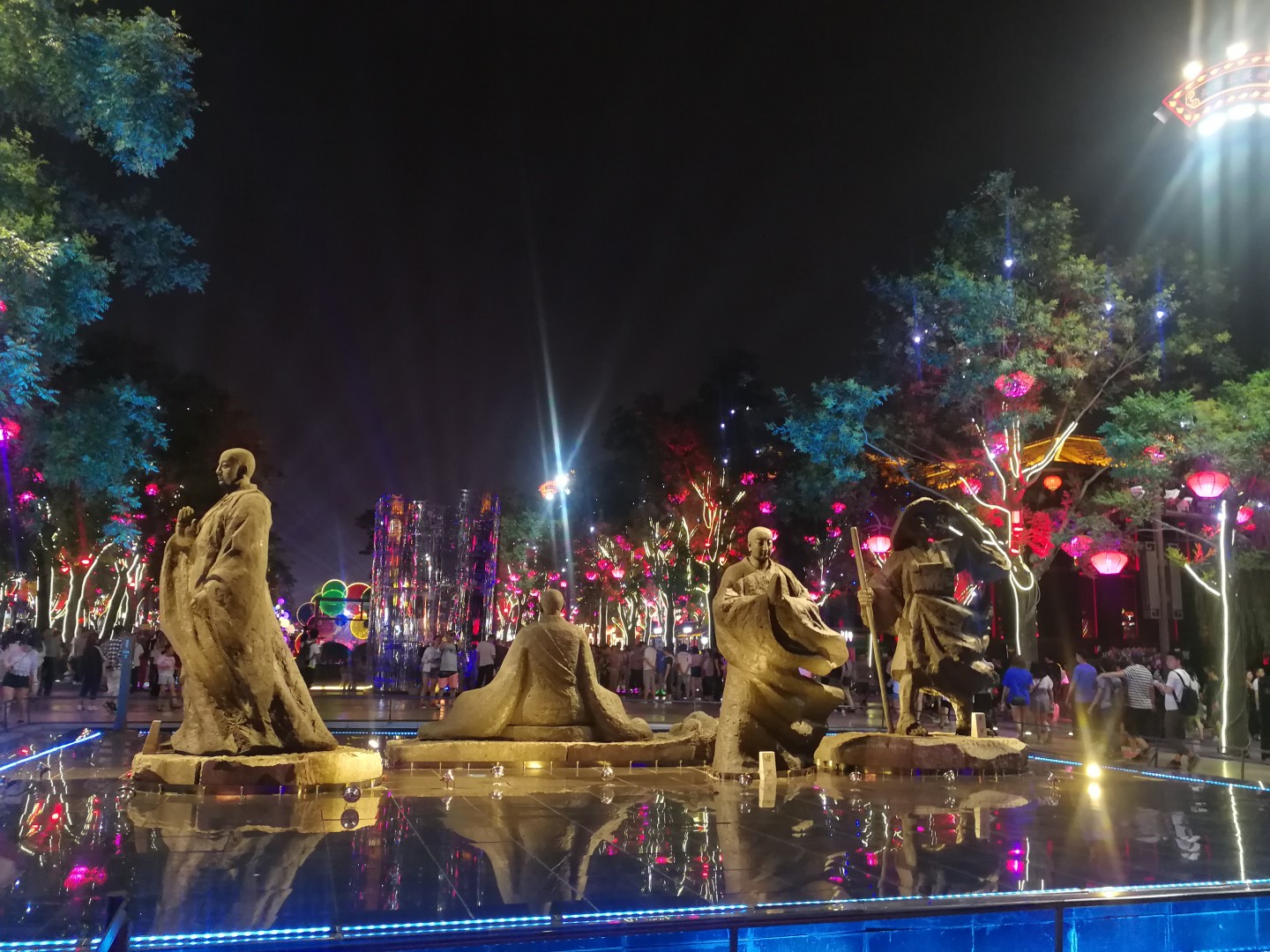
I enjoyed getting to know the culture, people and cuisine of China, where I came for the first time in my life. At the end of my visit which was useful in many ways, I left China knowing that I would come to this country again soon.
Tag: gezi




